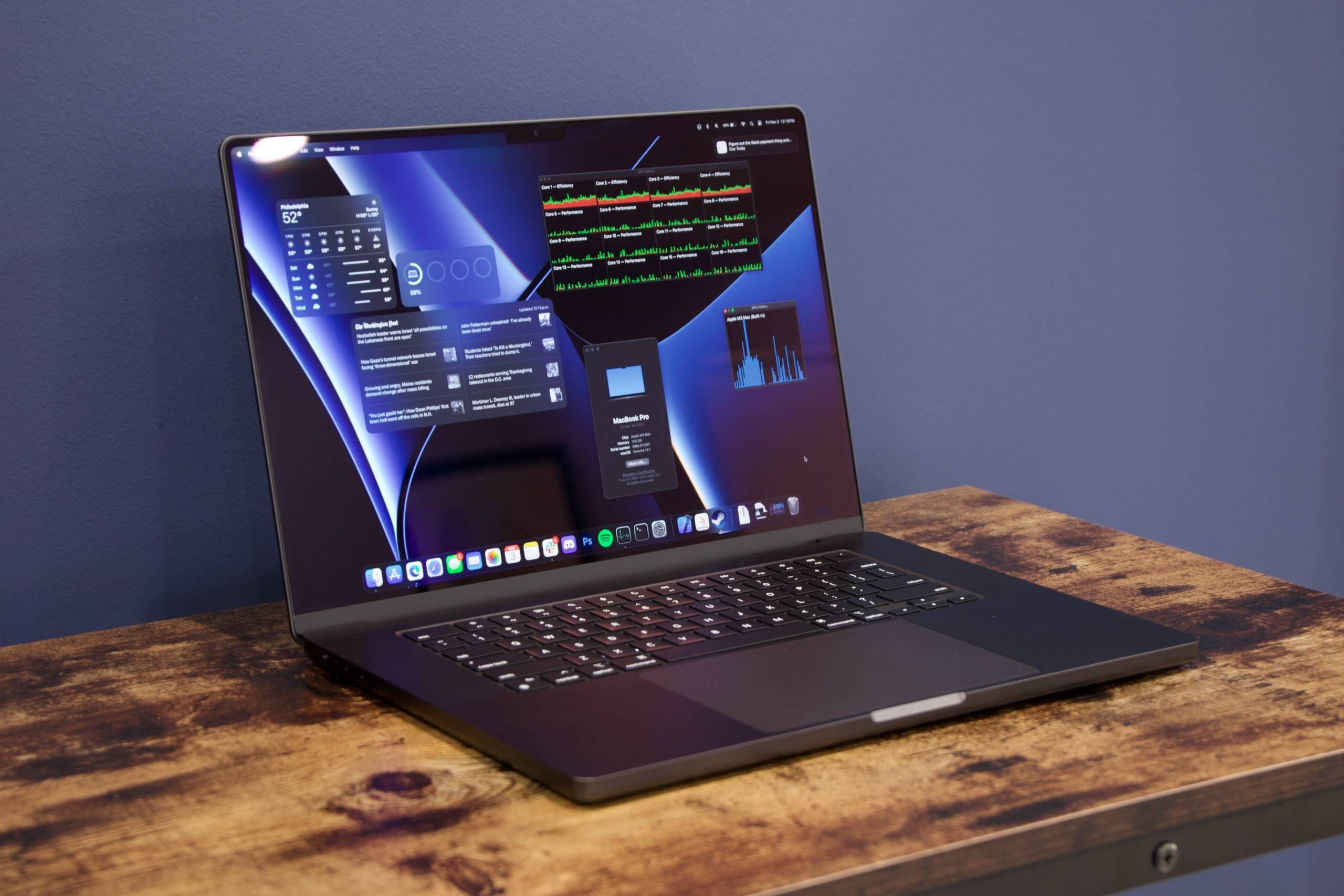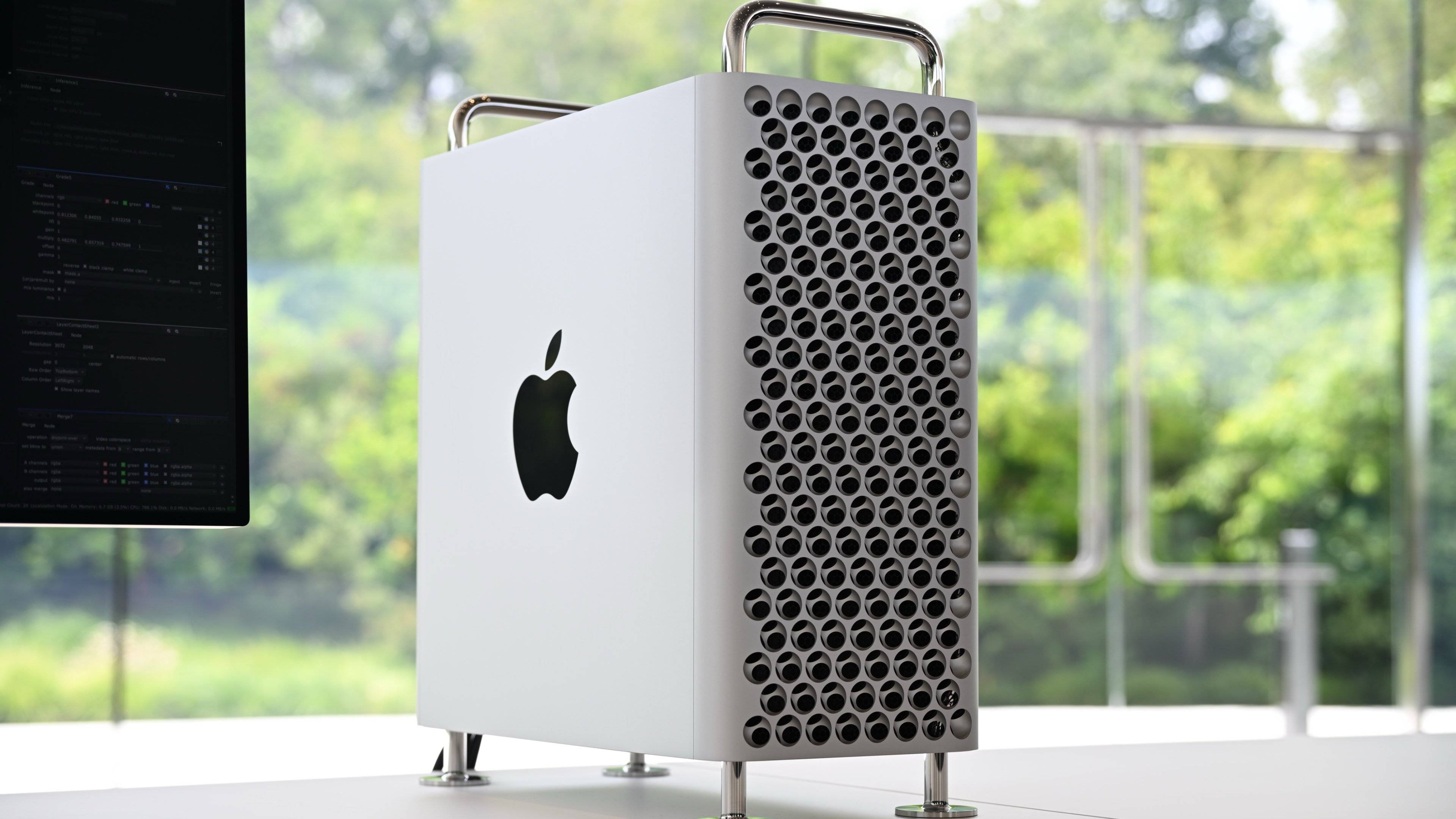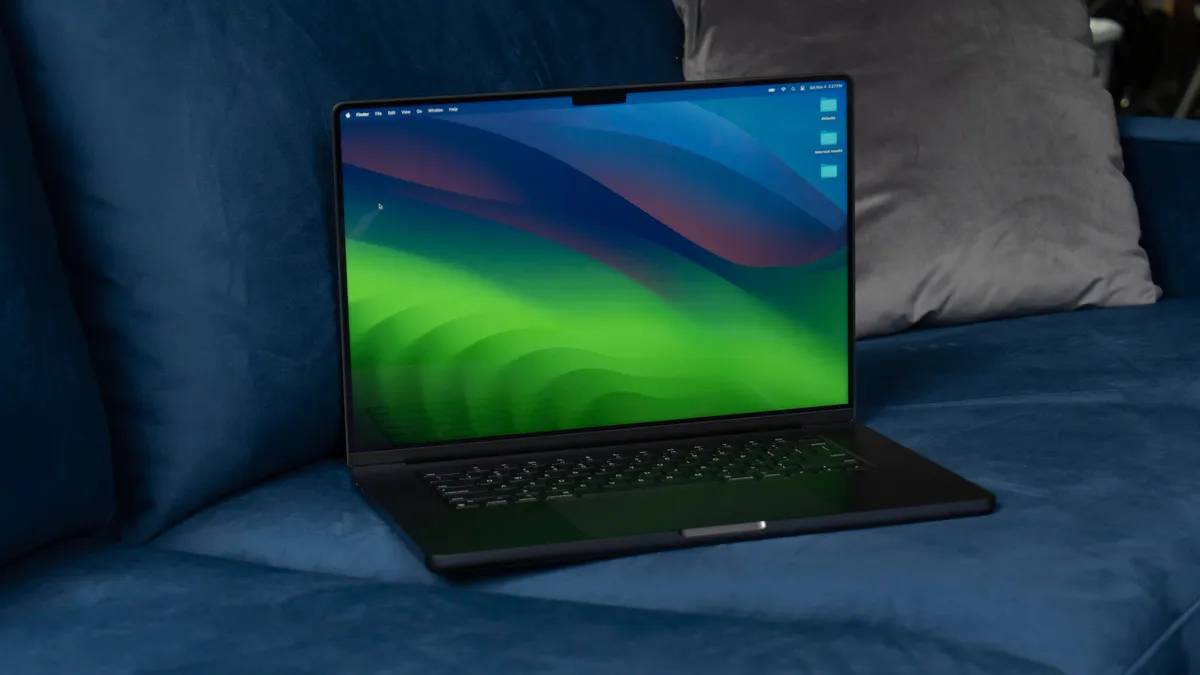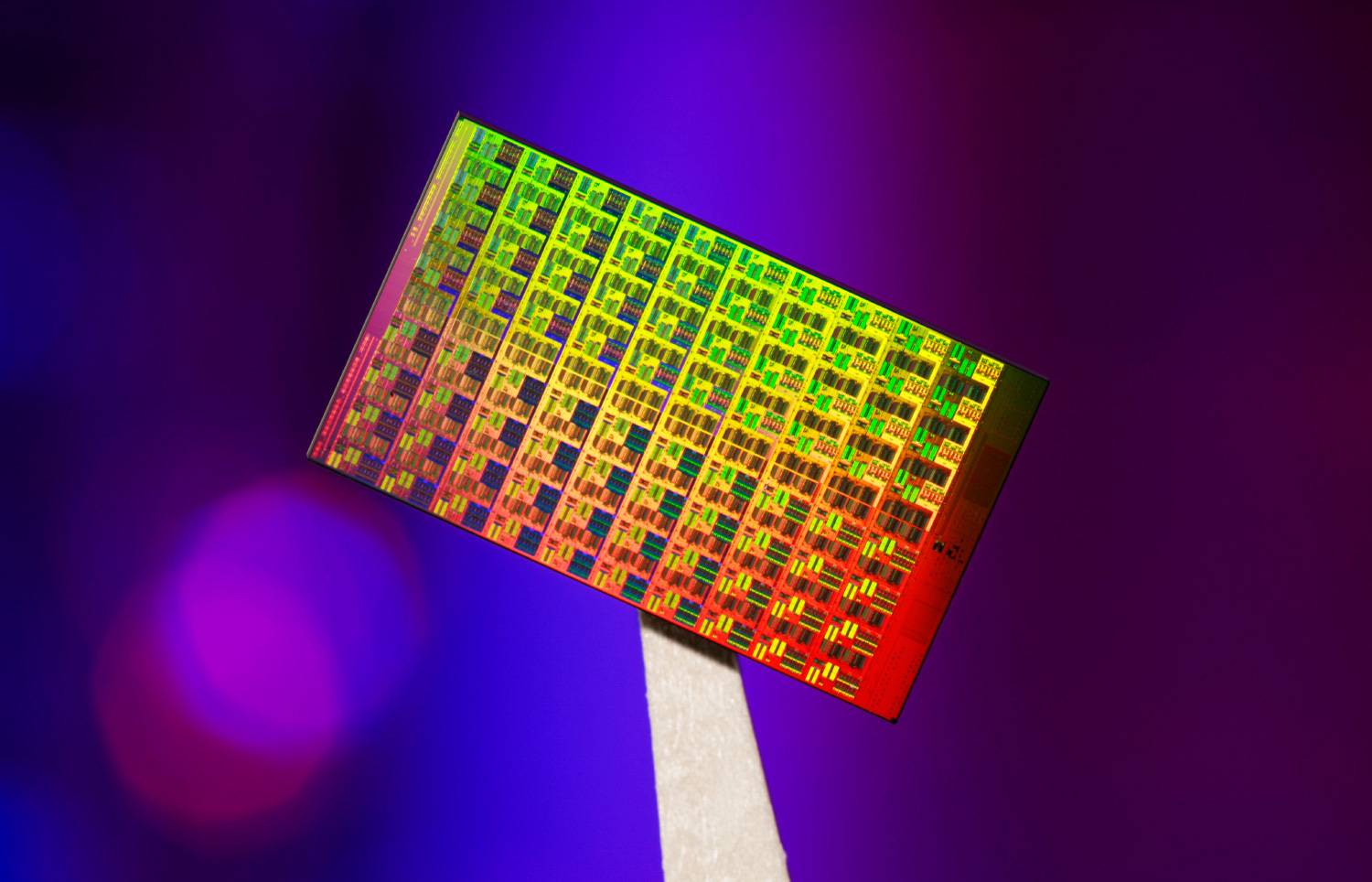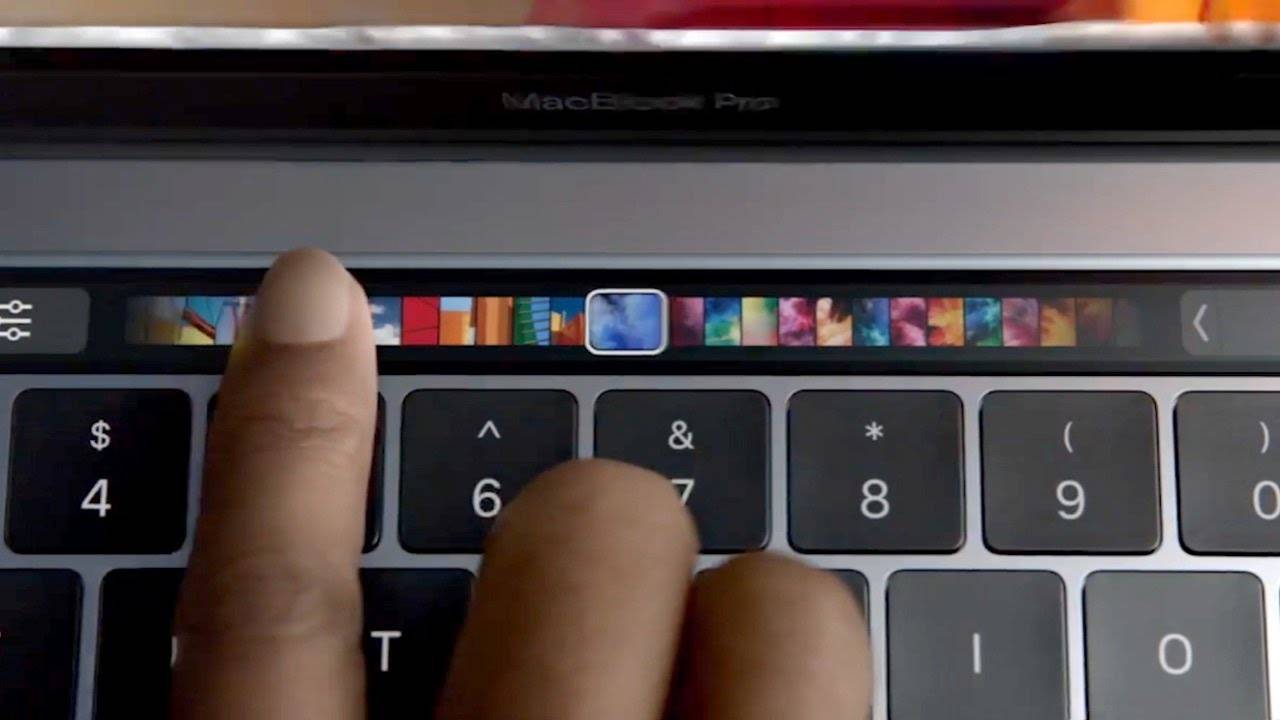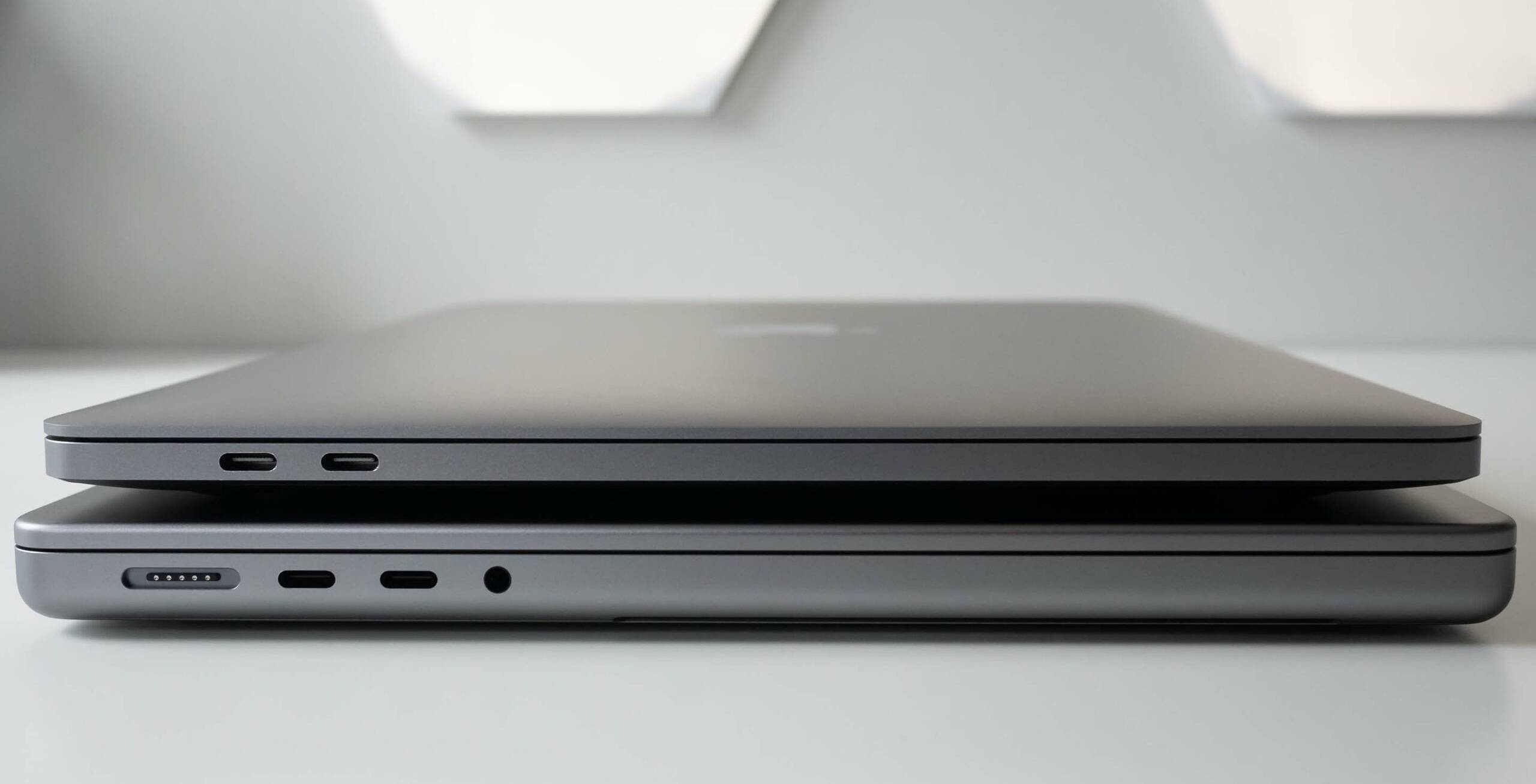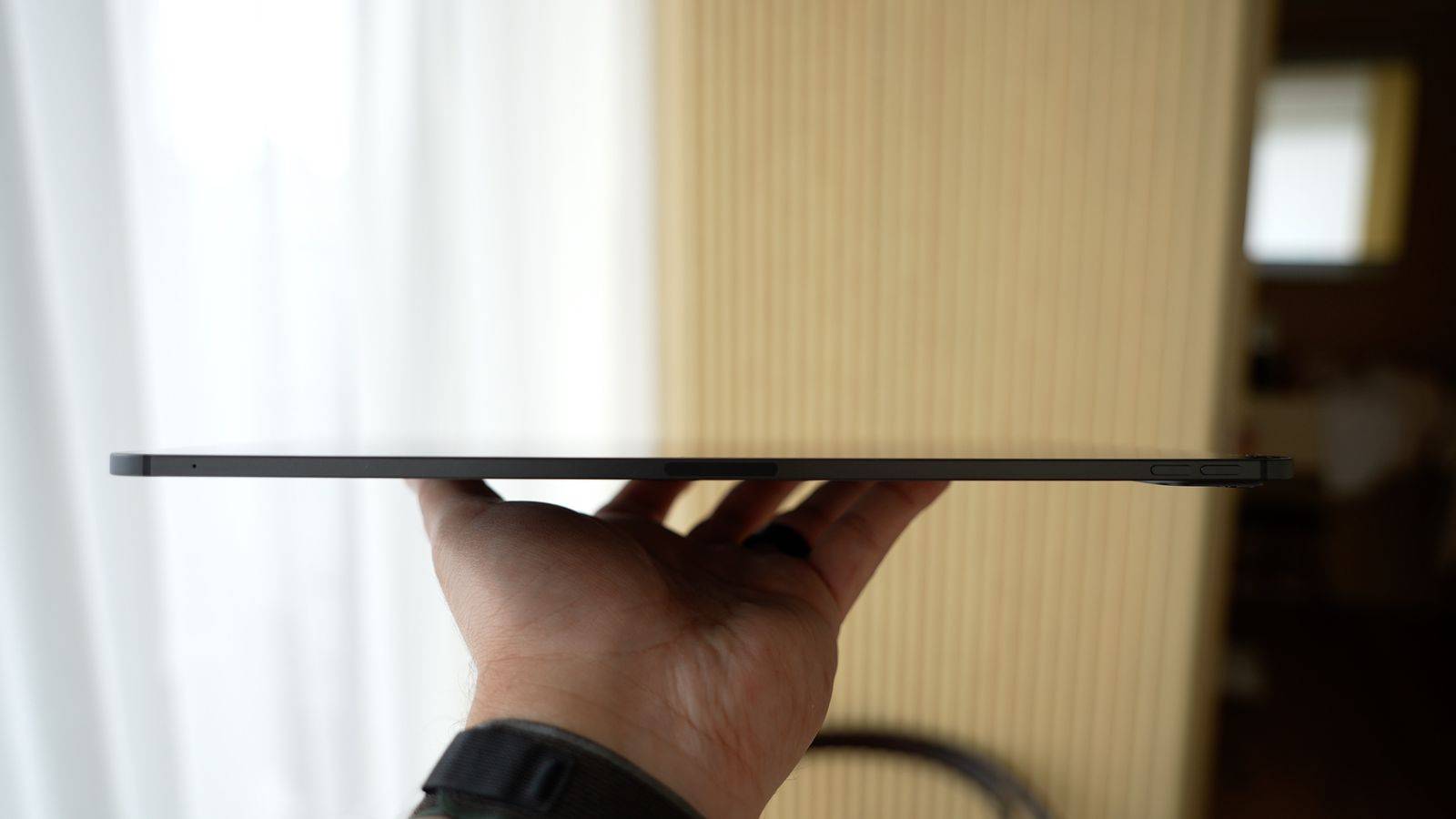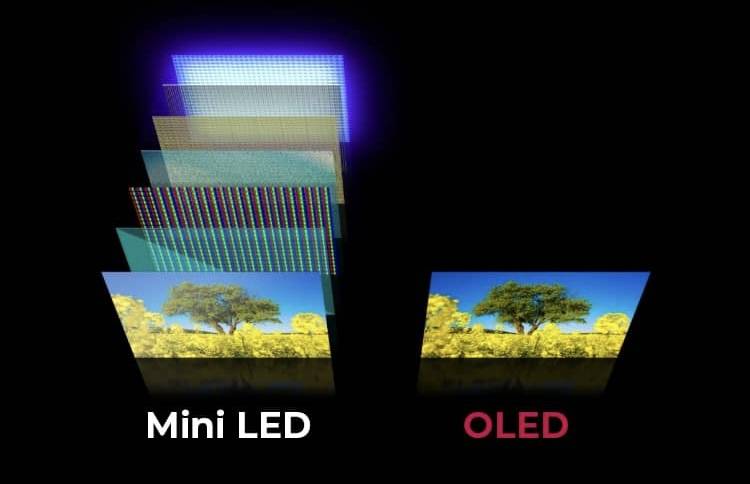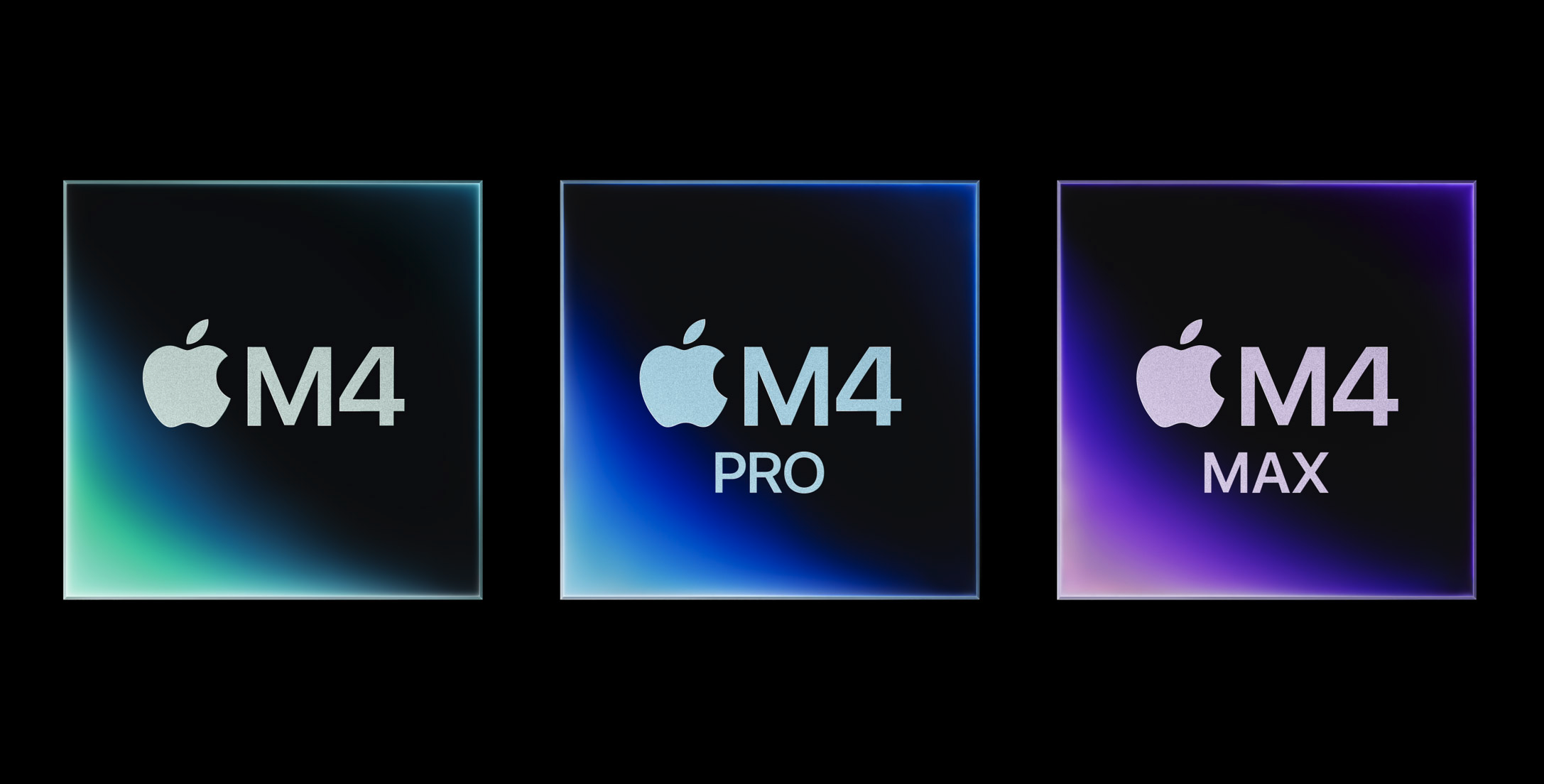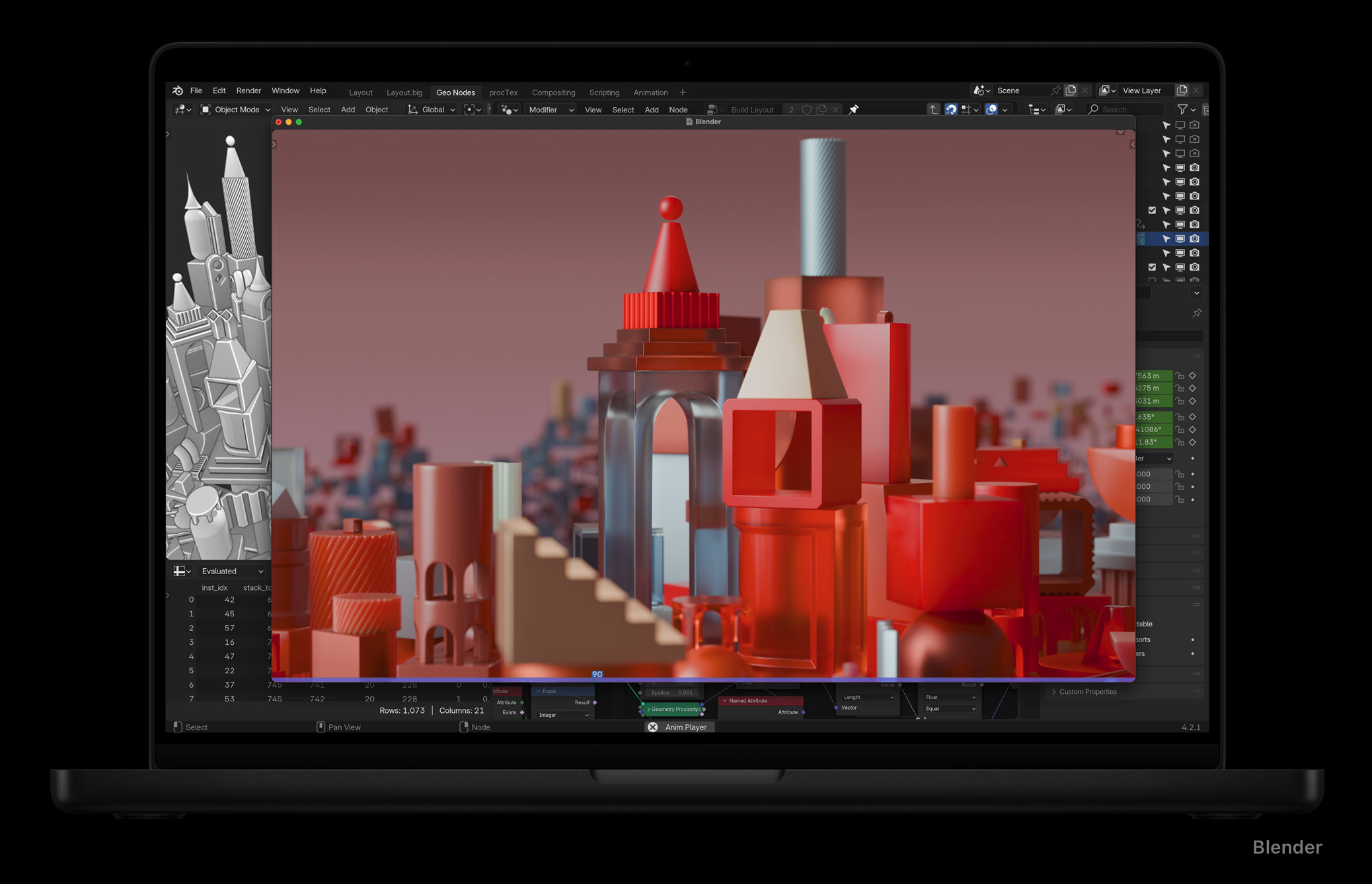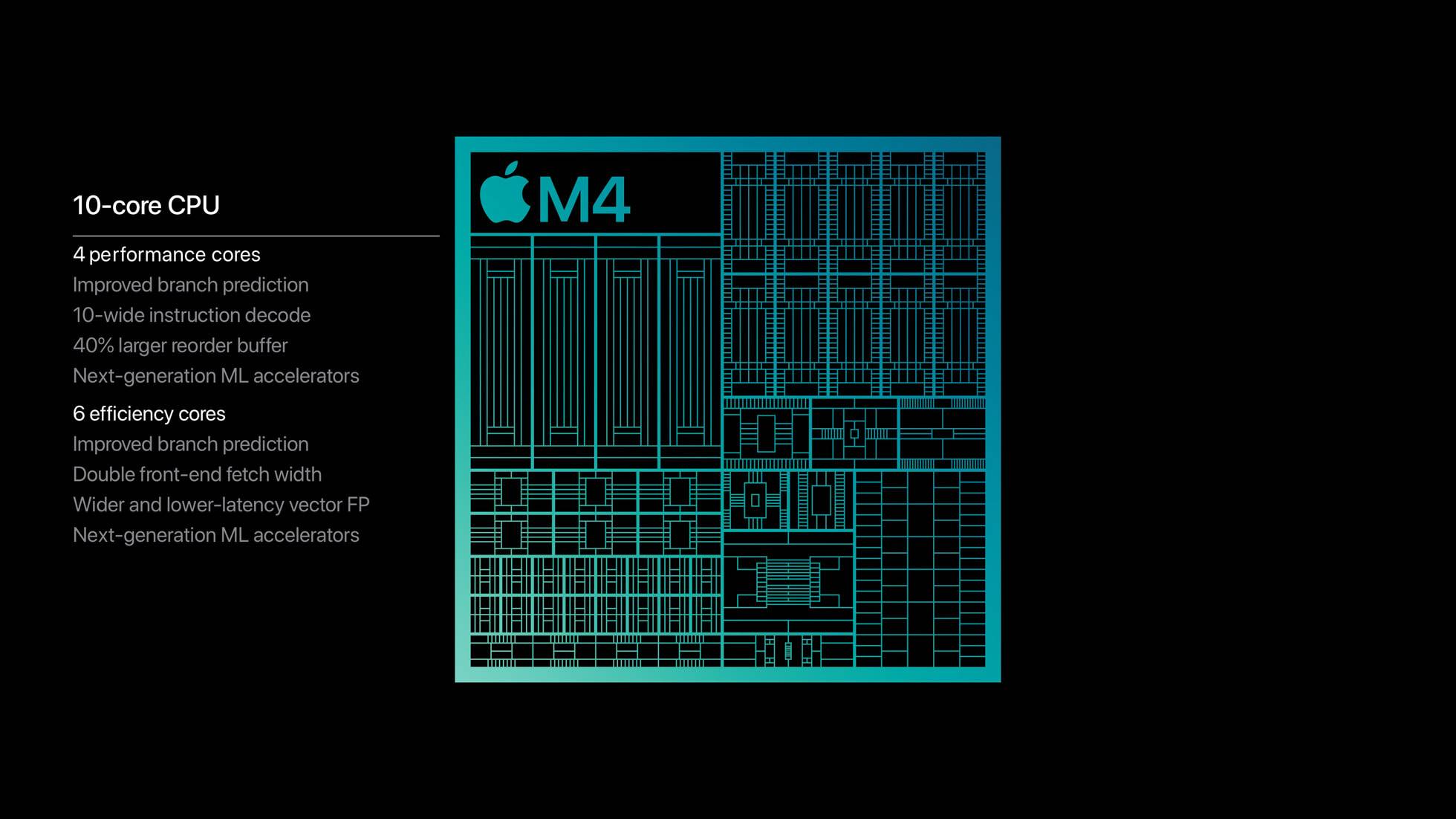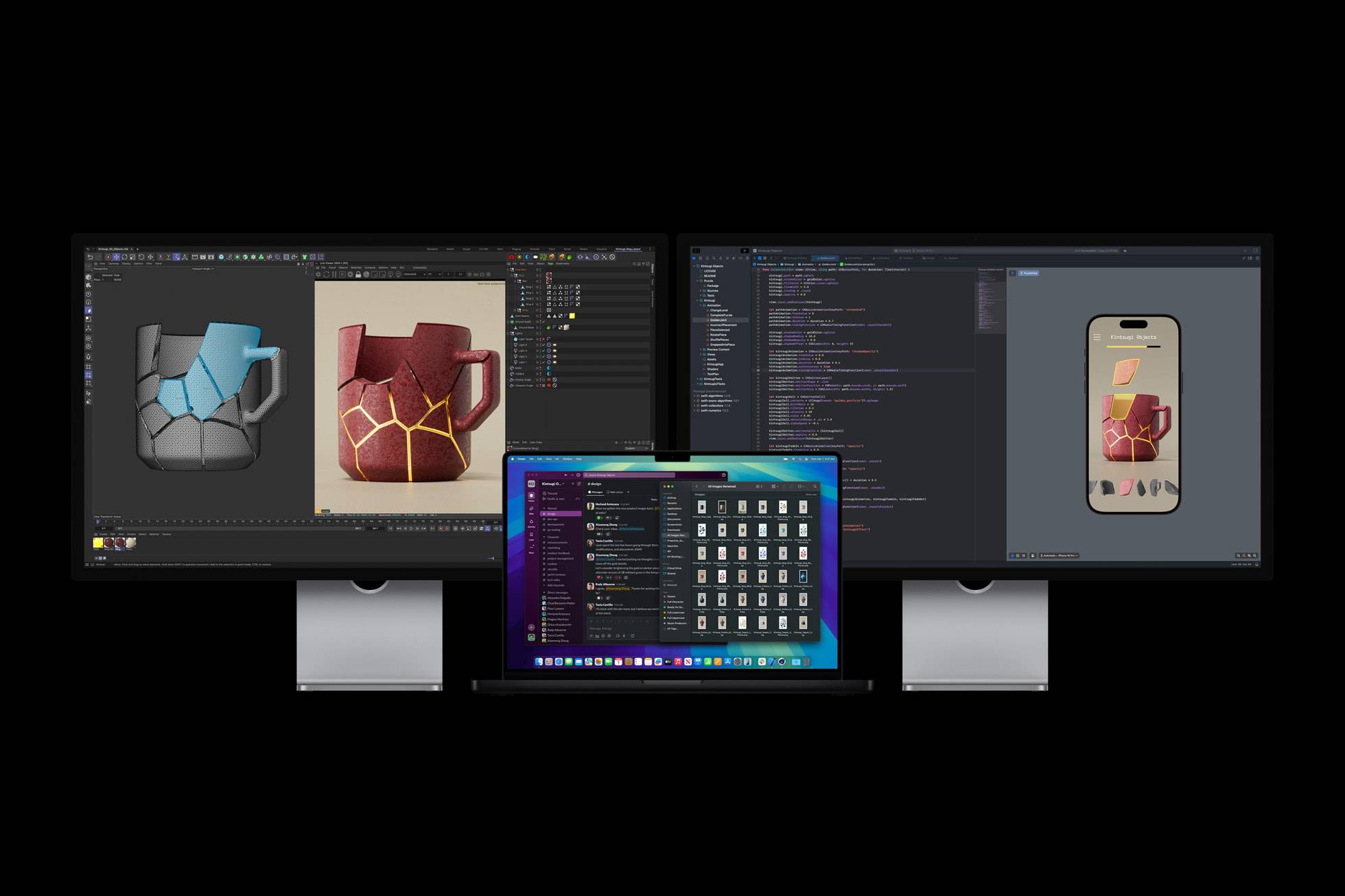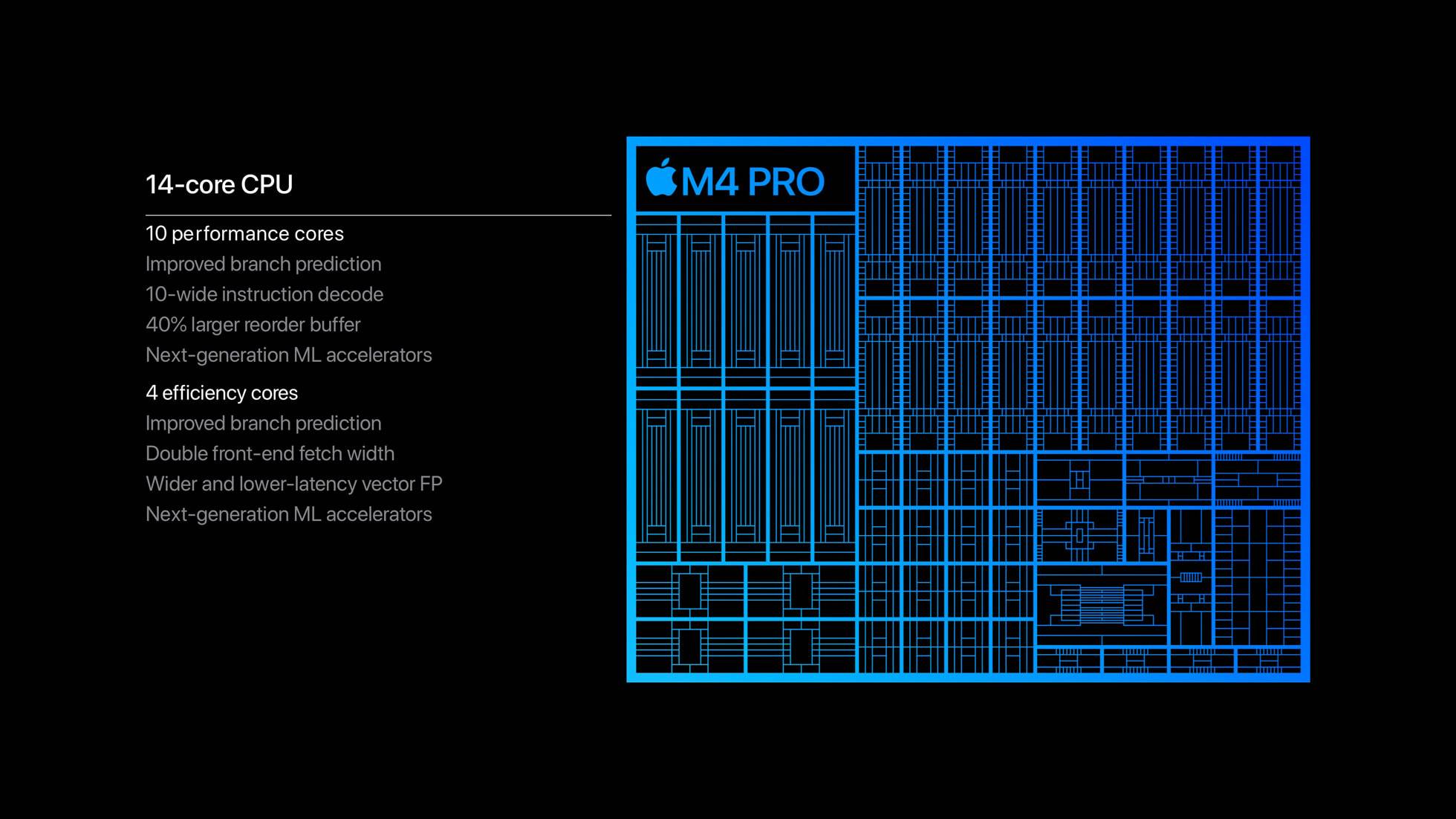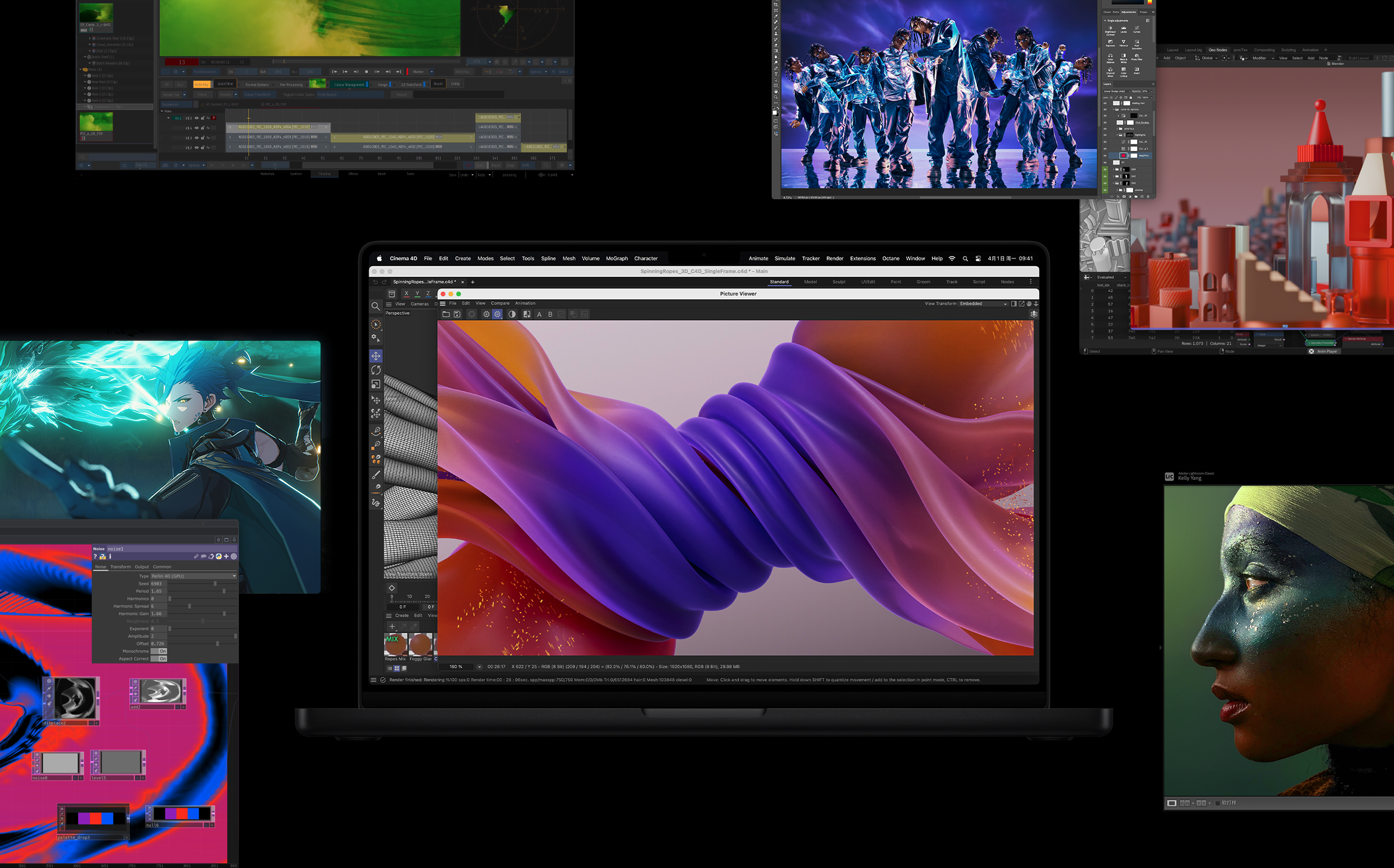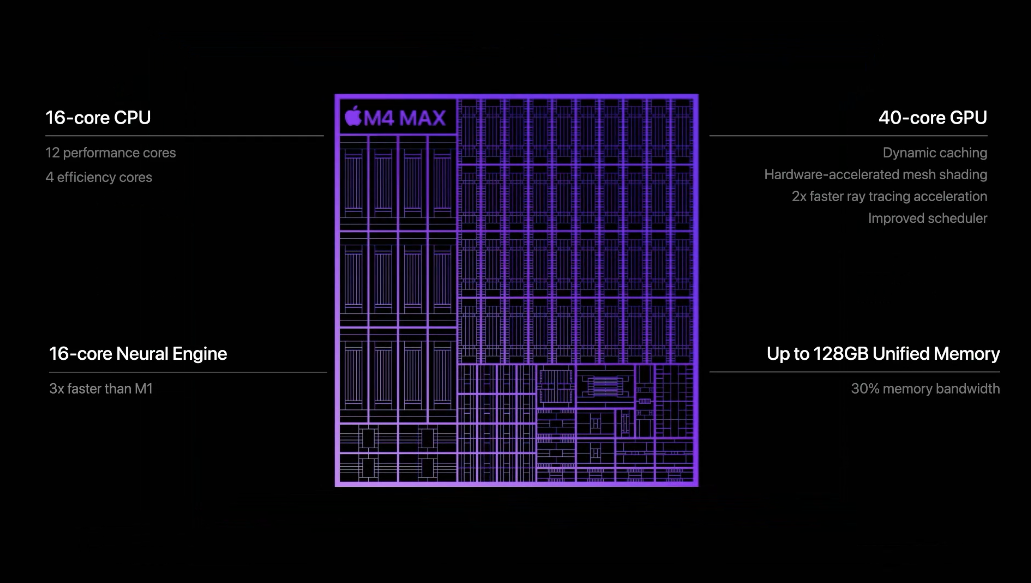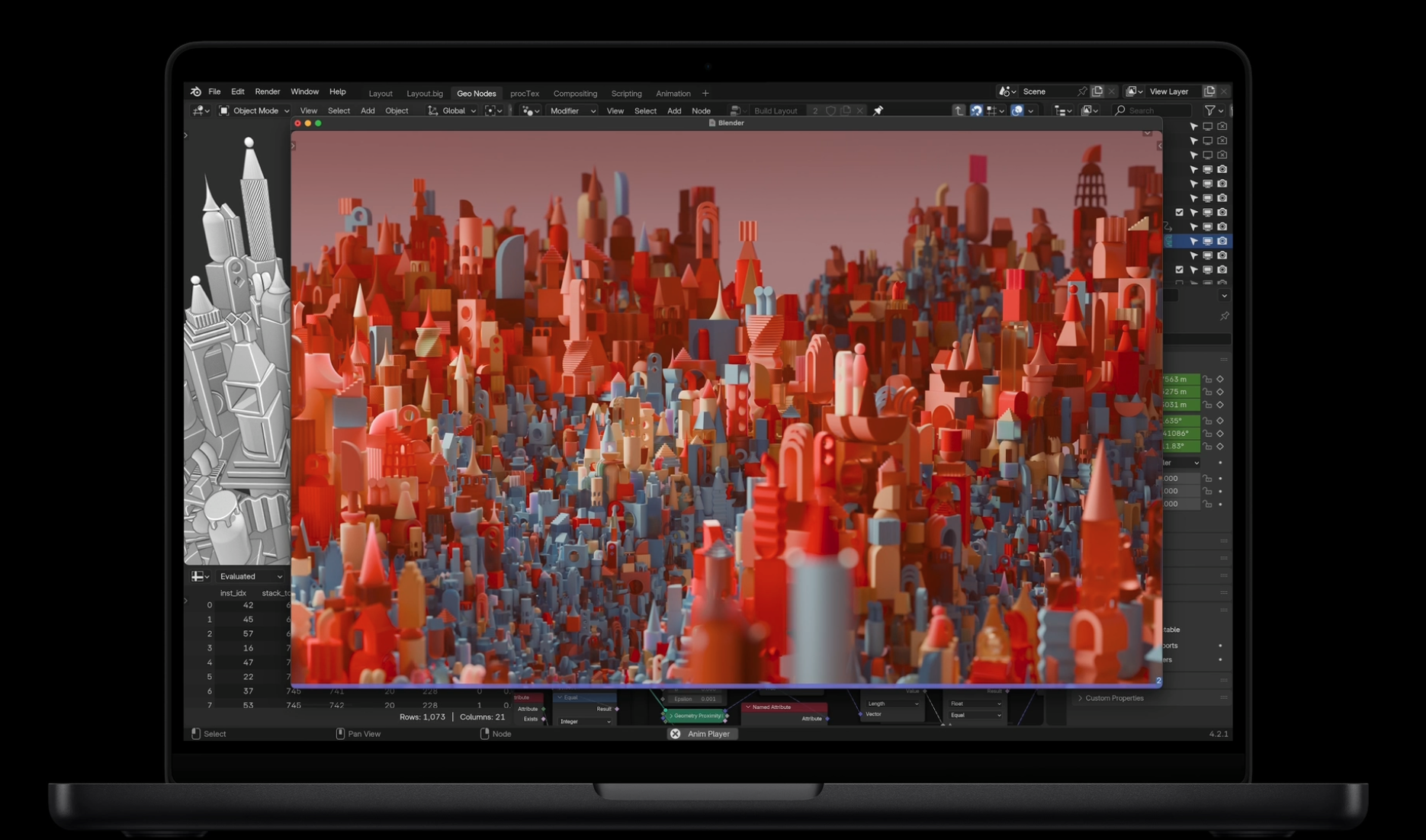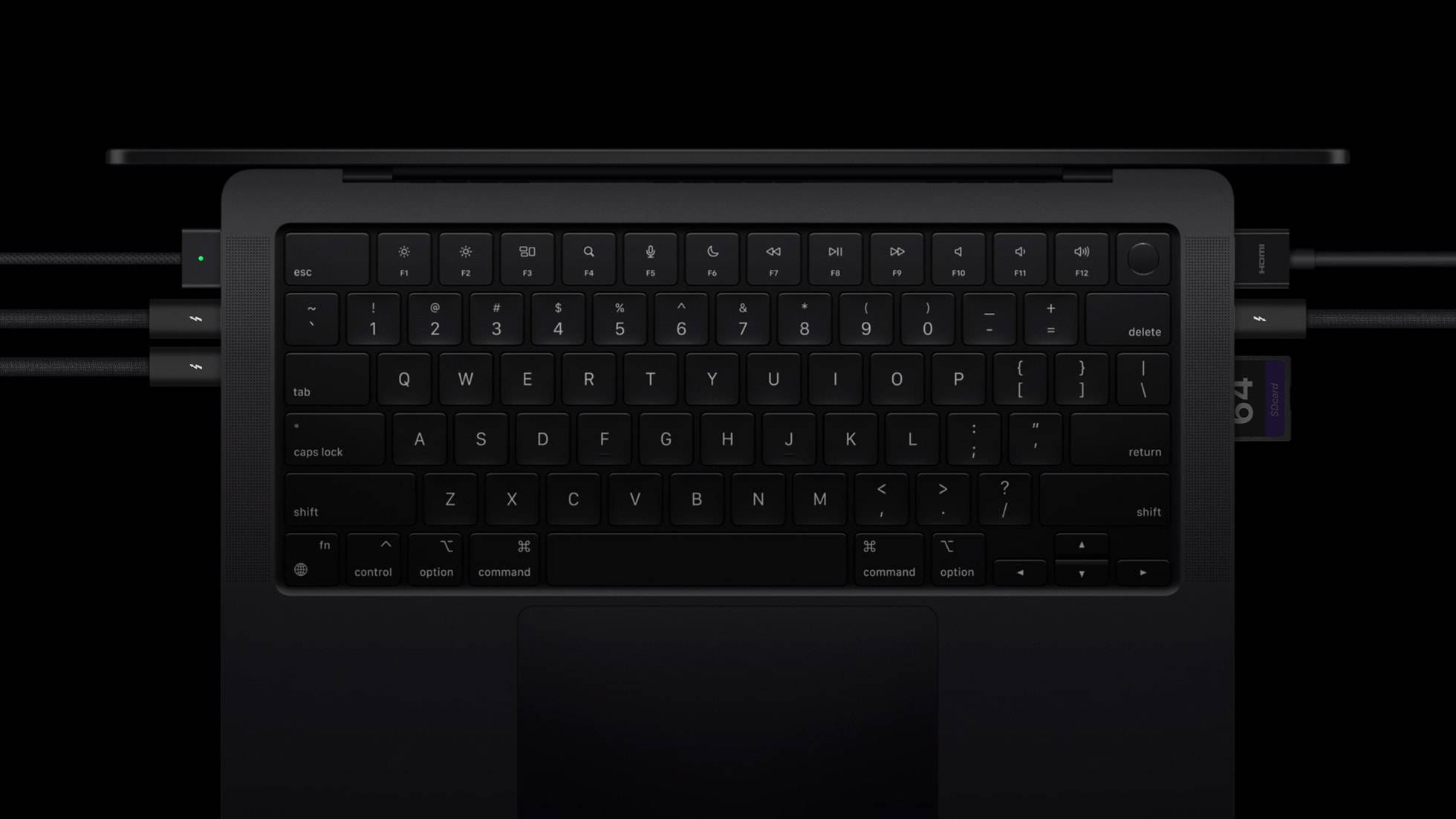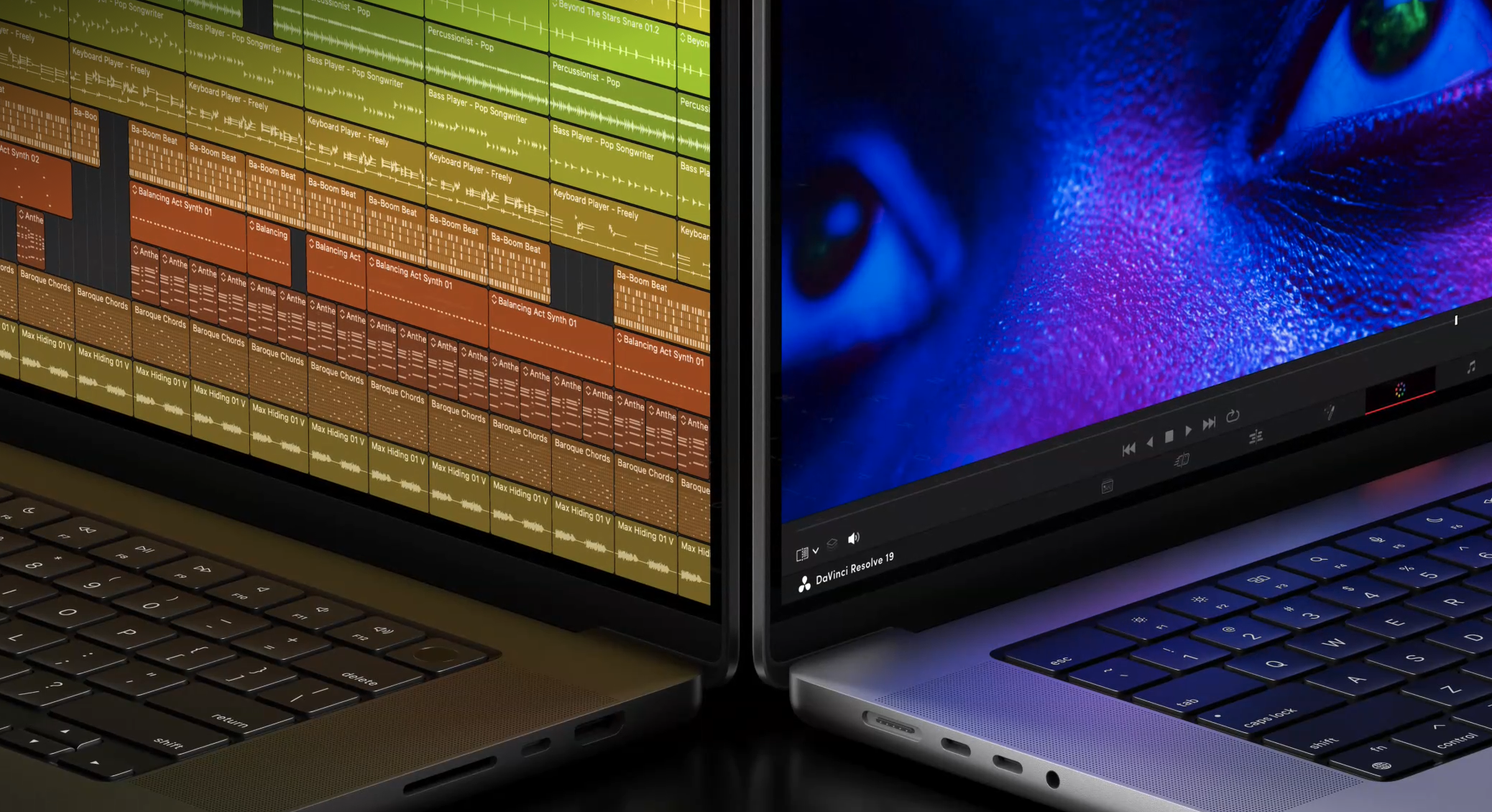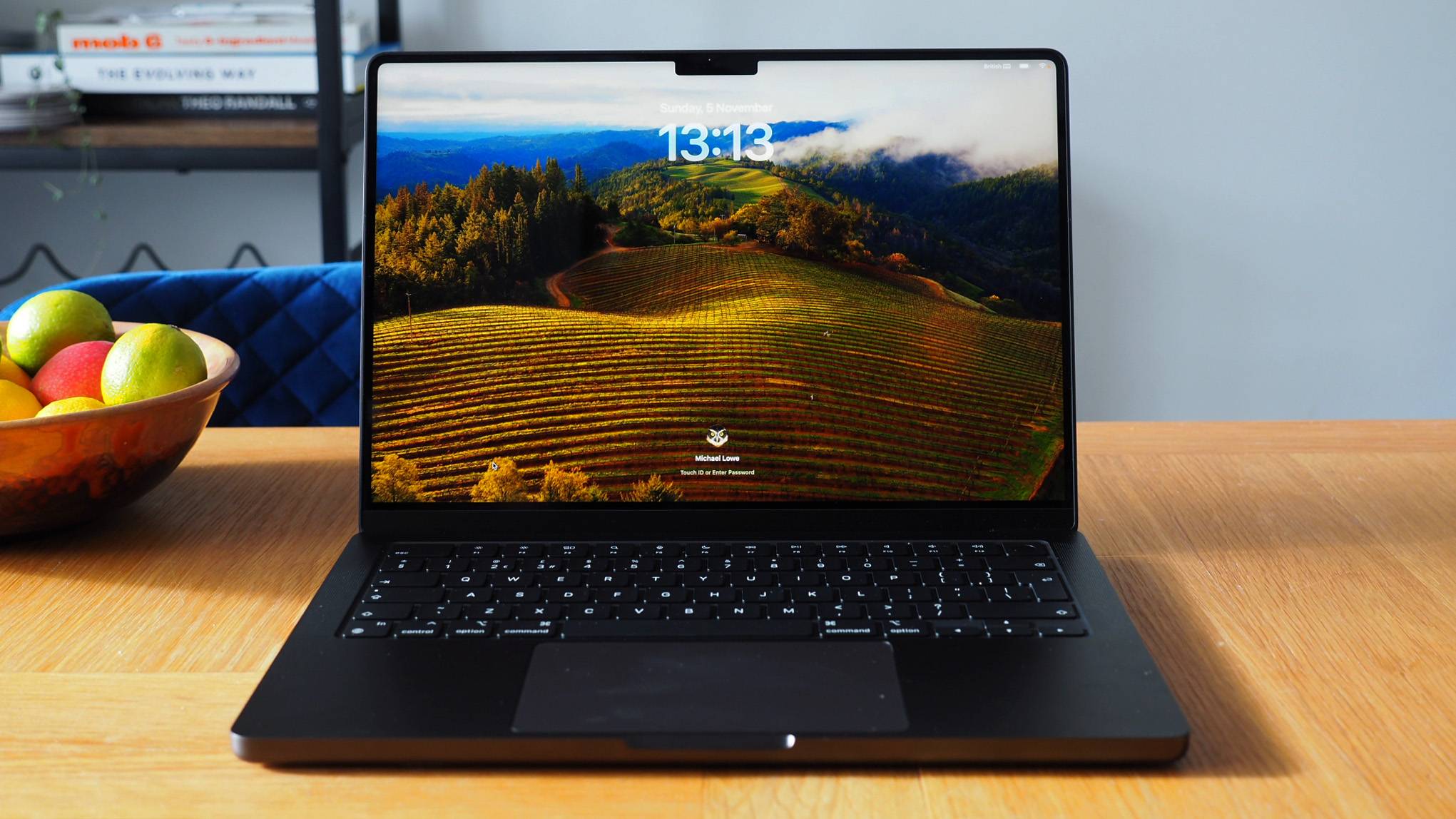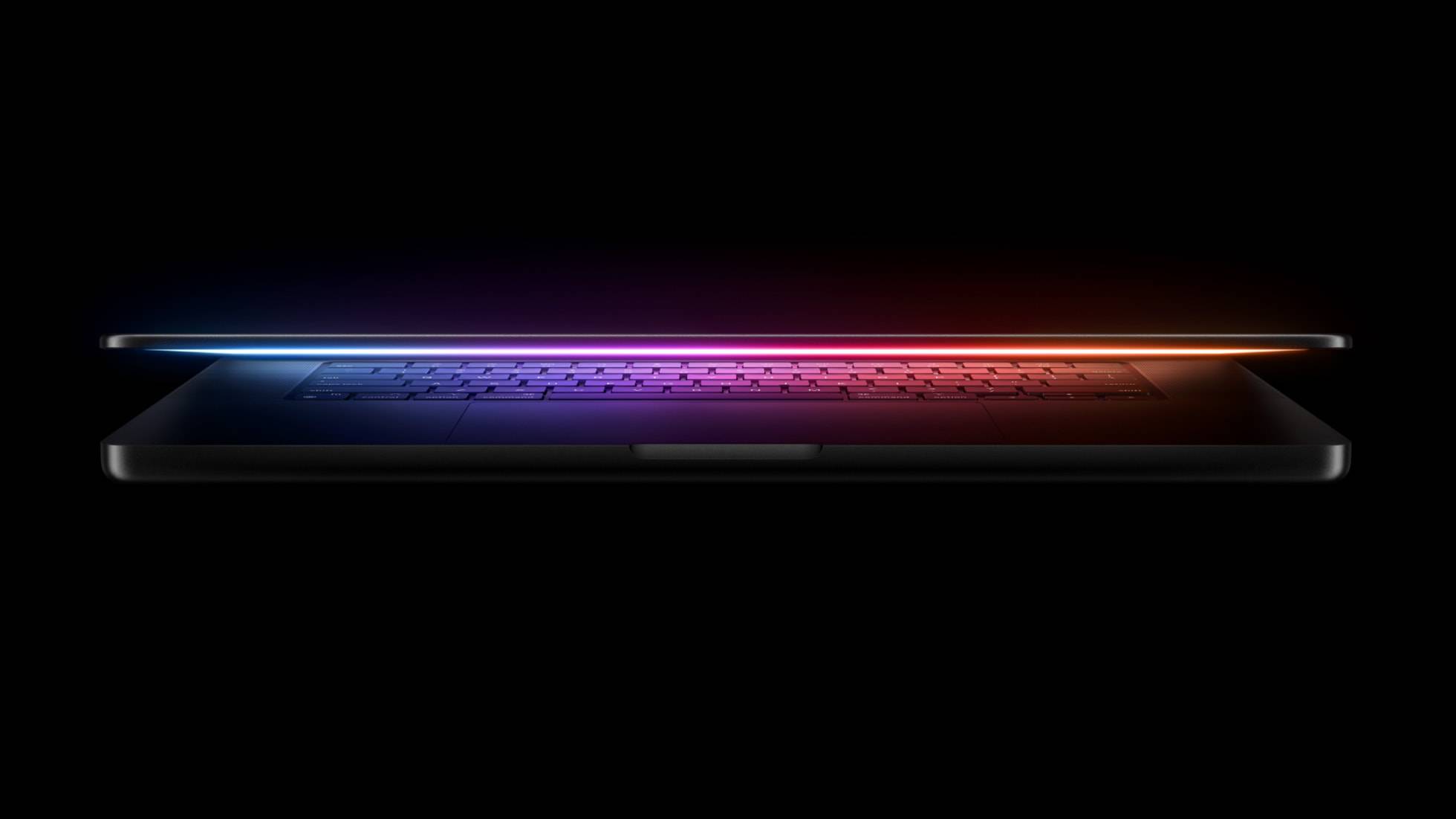独家首测:全新 Mac mini 的 Type-C 接口能供电了?实测后,我们发现了苹果的秘密
全新 Mac mini 即将在明天开售,这台史上最小的苹果电脑主机,个头不大,来头却不小。
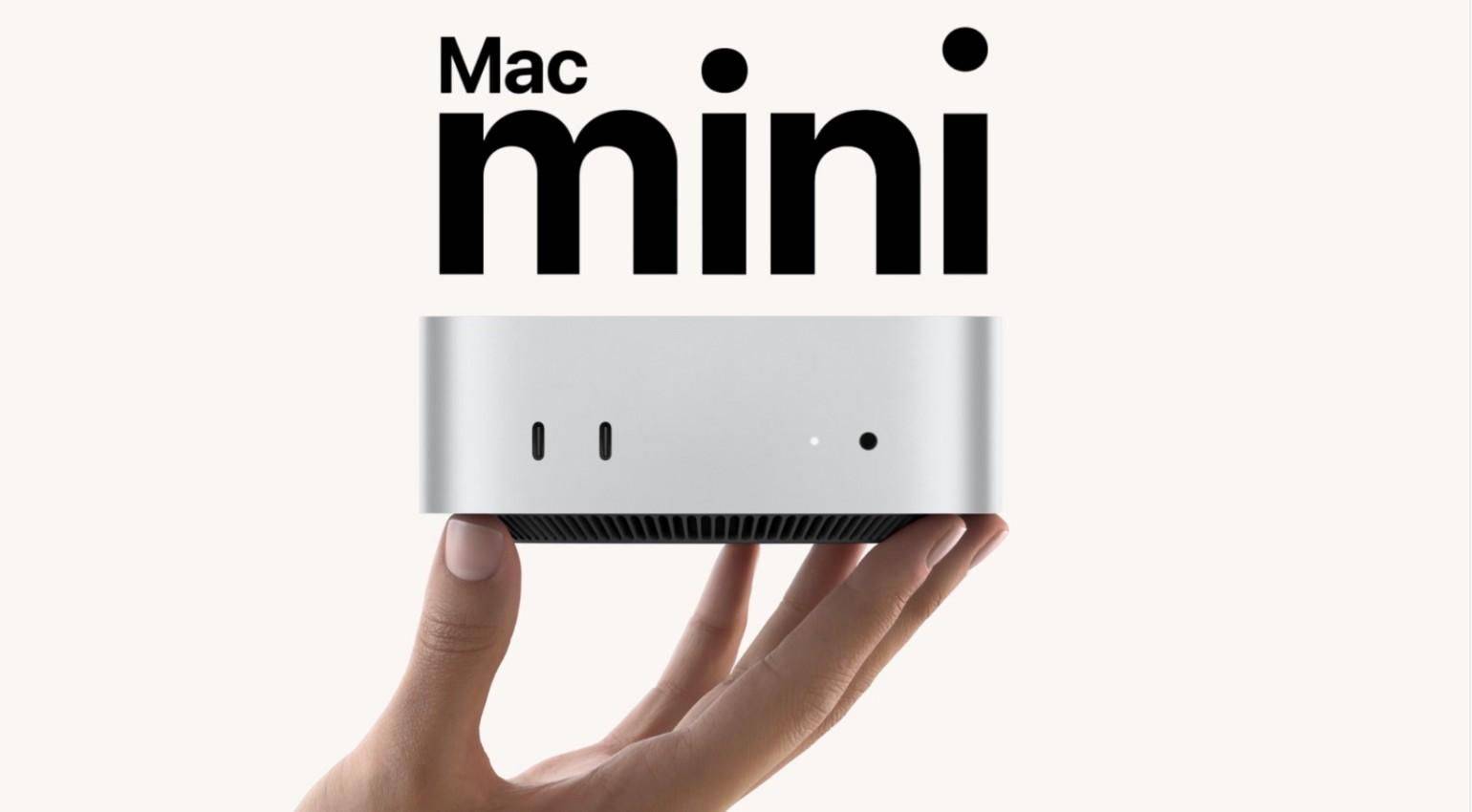
在体积减小了 40% 多的同时,还能把 CPU 和 GPU 都往上提了提,更重要的是,加上教育优惠,你能用不到四千块,买到一台搭载 M4 芯片、16GB 内存起步的苹果电脑。
我们也在第一时间上手体验了这台苹果全新的「性能小钢炮」。
除开 Mac mini 的常规评测,我们这回还对它的 USB-C 接口有了兴趣,一方面,Mac mini 把两个常用的 Type-C 接口放到了正前方,以后拔插数据充电线变得非常方便;另外,苹果官网的一处改动引起了我们的注意。
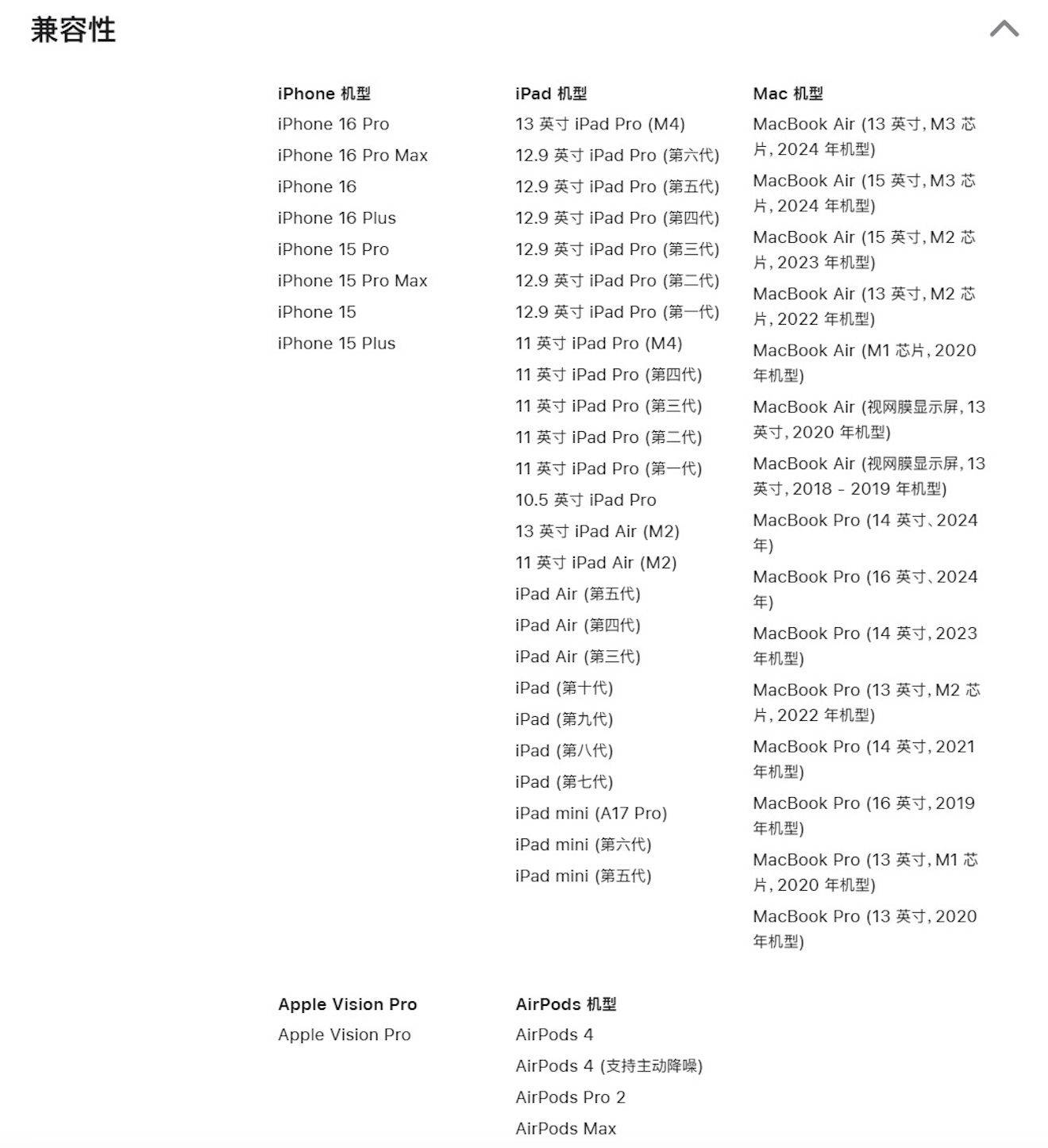
苹果先前在官网里,曾把新款 iMac 与 Mac mini 放在了 70W、96W 和 140W 的 USB-C 电源适配器兼容性列表中,不过很快就将其删除,表明新款的 iMac 与 Mac mini 现在并不支持通过 USB-C 端口供电。
不过我们仍然很好奇:全新 Mac mini 是不是真的支持通过 Type-C 接口受电?如果支持,那是被什么限制了 Type-C 接口受电的能力?苹果官网的新闻,到底是编辑错误,还是不小心泄露了「秘密」?
为了搞清这次「官网乌龙」事件,爱范儿第一时间拿到了 Mac mini M4 Pro,并在制糖工厂的明日实验室,用专业的仪器和软件,进行了详细测试。
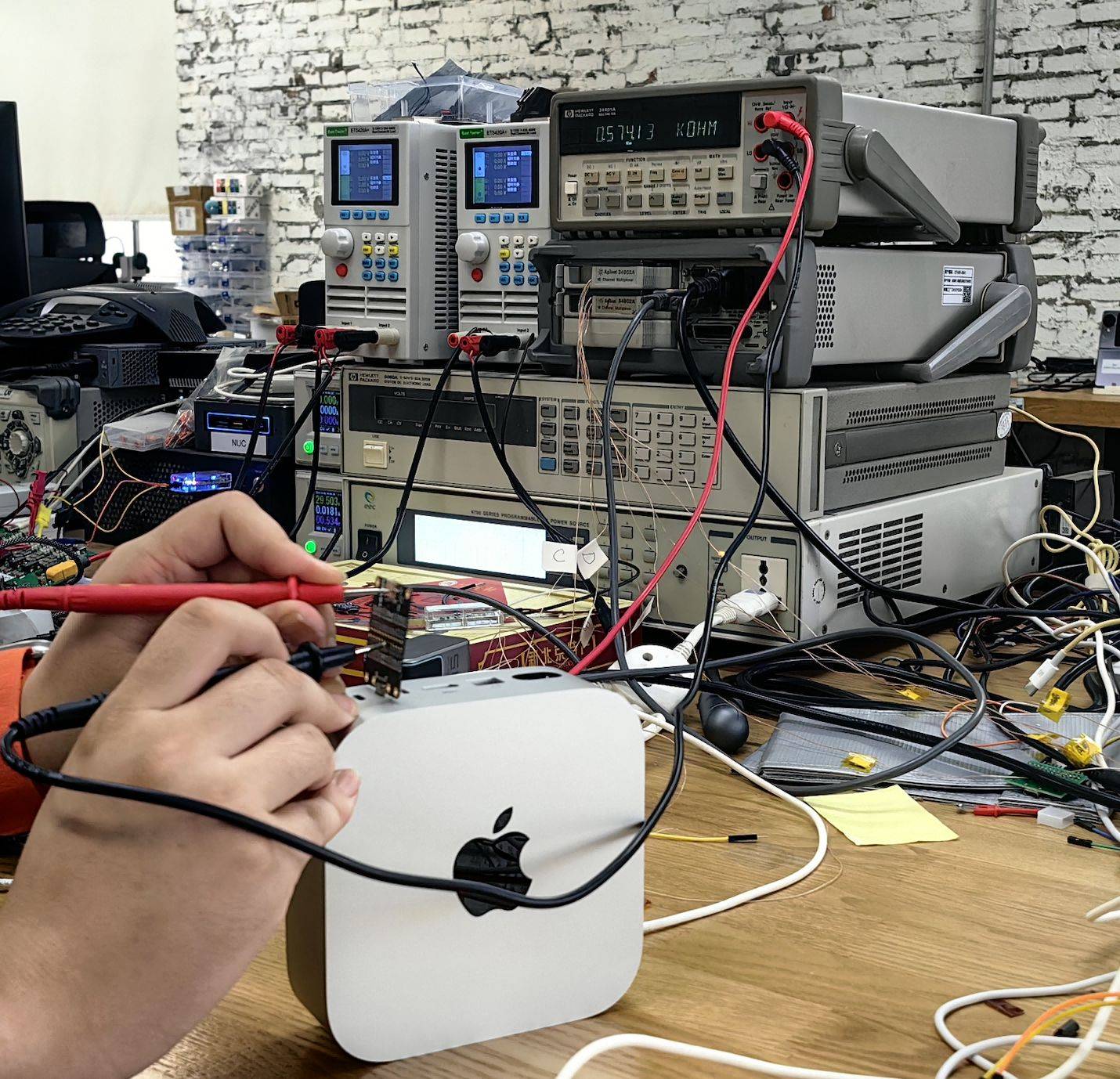
▲制糖工厂明日实验室测试现场
先说结论:
- Mac mini M4 机身背面的三个雷雳 4/5 端口,均不能作为受电端口,也就是不能通过雷雳口给 Mac mini 供电。
- Mac mini M4 机身前面的两个 USB-C 端口(支持 USB 3,速率最高可达 10Gb/s),虽然目前均不能作为受电端口,但苹果的确做好了 Type-C 接口受电在硬件层面的工作(至少是做完了一部分),这个端口其实是所谓的 dual role port,即可以对外供电也可以向内送电。
关于 Type-C 接口的那些事儿
在开始实验前,我们需要先了解几个小众知识,我们从这次事件的主角讲起。虽然长得一样,但是不一定所有的 Type-C 接口都能用于供电。
全新 Mac mini 一共有五个 Type-C 接口。
机身背面的 Type-C 接口的协议是雷雳 (Thunderbolt) 5 / USB 4,是 Intel 与苹果合作研发的一种高速数据传输接口,它能把数据、视频、音频和电力的传输集合到一个单独的接口上。
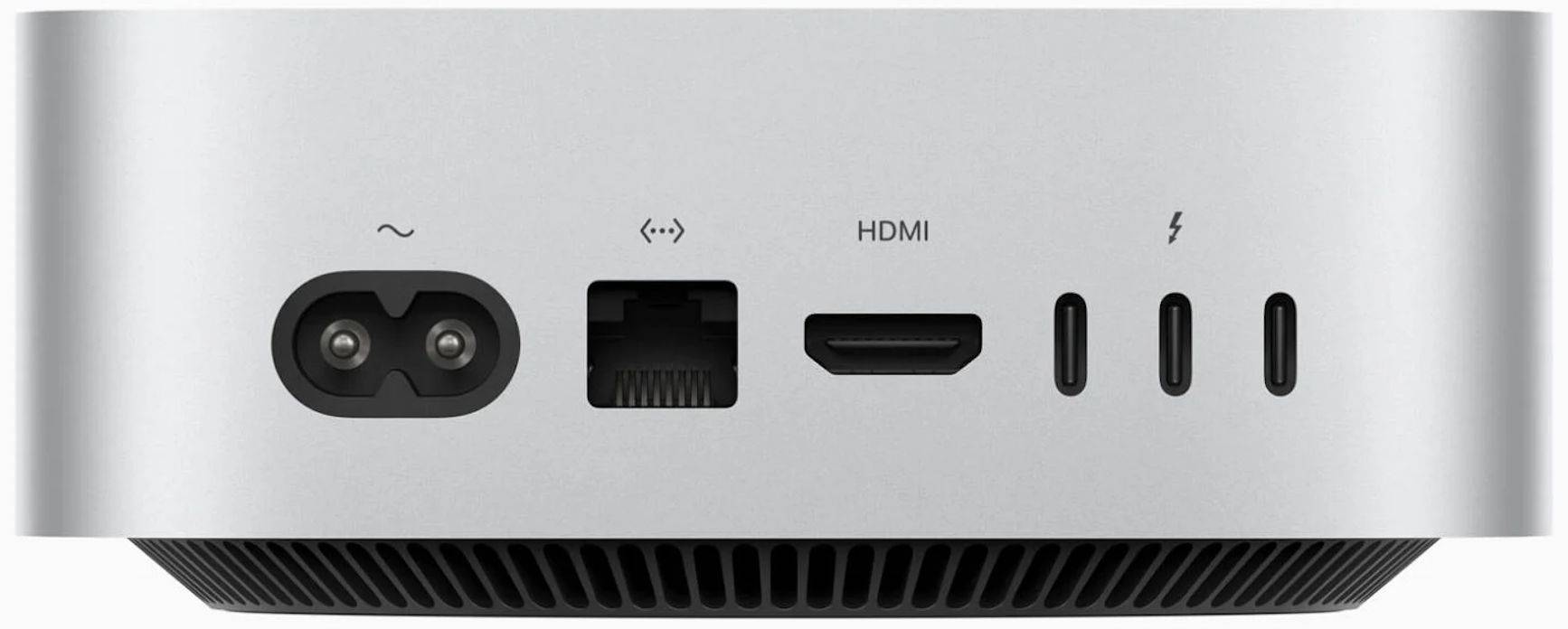
相比于普通的 USB-C,雷雳接口在以下几个方面有显著的优势:
- 更高的数据传输速率
- 更强的视频输出能力
- 支持 PCI-e 数据传输
- 更高的电力输送能力
- 更好的兼容性和扩展性
但是我们想强调,并不是所有的雷雳接口都能够实现以上功能,有些设备上的雷雳接口只能用于数据传输或显示输出,比如刚刚发布的 Mac mini M4 就是如此。
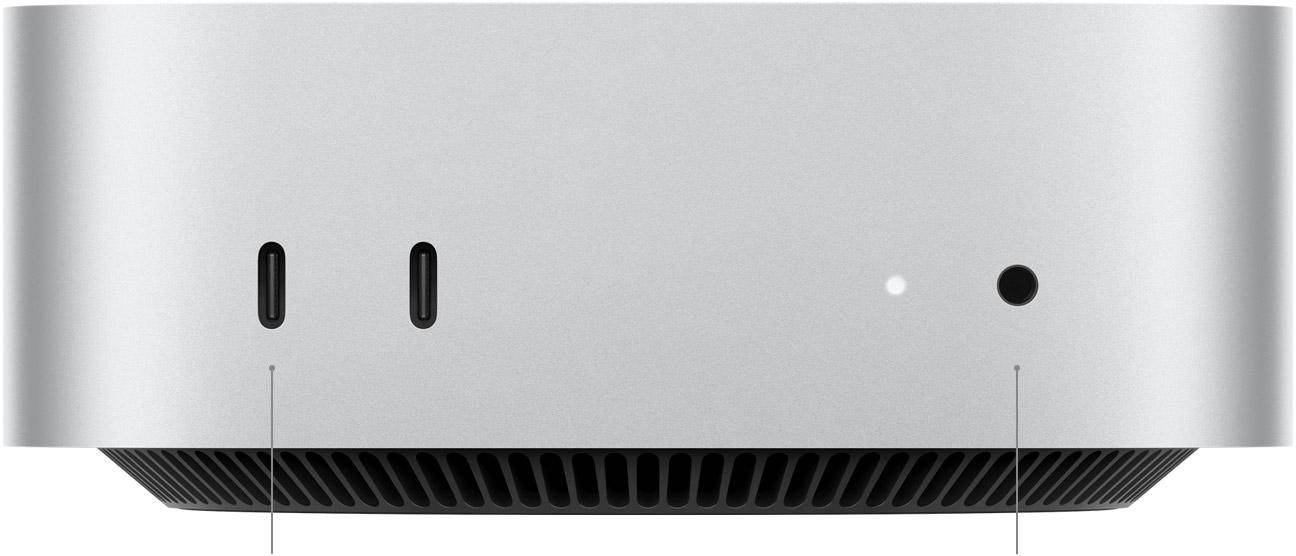
另外两个放在正面的 Type-C 接口支持 USB 3,其最大的特点是传输速率最高可达 10Gb/s。
实测下来,新 Mac mini 的 Type-C 接口同样不支持为主机供电,也就是说现在想让 Mac mini 通电开机,只能通过主机上的传统电源接口。
而问题,也出在了这里。
有协议,但没达成的 Mac mini
随着 Type-C 接口在各种消费电子设备的普及,USB-IF(爱范儿也是 USB-IF 的成员之一)也发布了 USB PD 协议规范。苹果自 iPhone 8 开始,就一直使用的是 USB Power Delivery 协议受电。
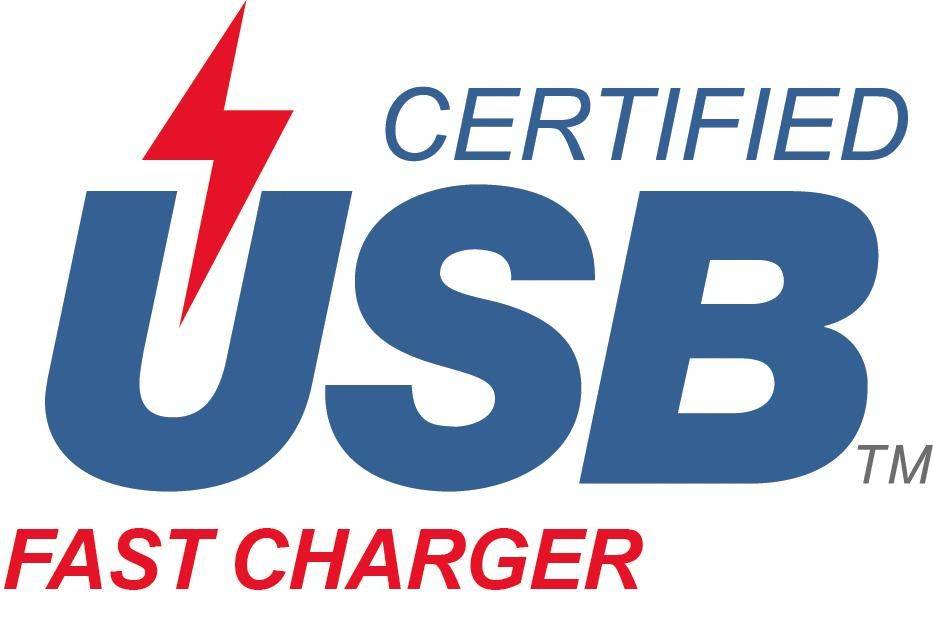
▲ 图片来自:Google
USB PD 协议允许设备在多个方向上高效传输电力,并支持多种功率级别和电压配置,从而满足不同设备的需求。
简单来说,协议的作用是让特定品牌的受电和供电设备,达成一致的目标,我想要更快的充电速度更高的电压,同时你也得同意才行。
那么,供电和受电双方想要达成一次快充,有几个非常重要的事儿。
- 设备必须配备 USB Type-C 接口,因为标准的 USB PD 协议通过 USB Type-C 接口实现。
- 充电器、设备电源管理芯片和控制器必须支持 USB PD 协议。
- 受电设备(如笔记本电脑、智能手机等)必须能够接收和处理 USB PD 信号。
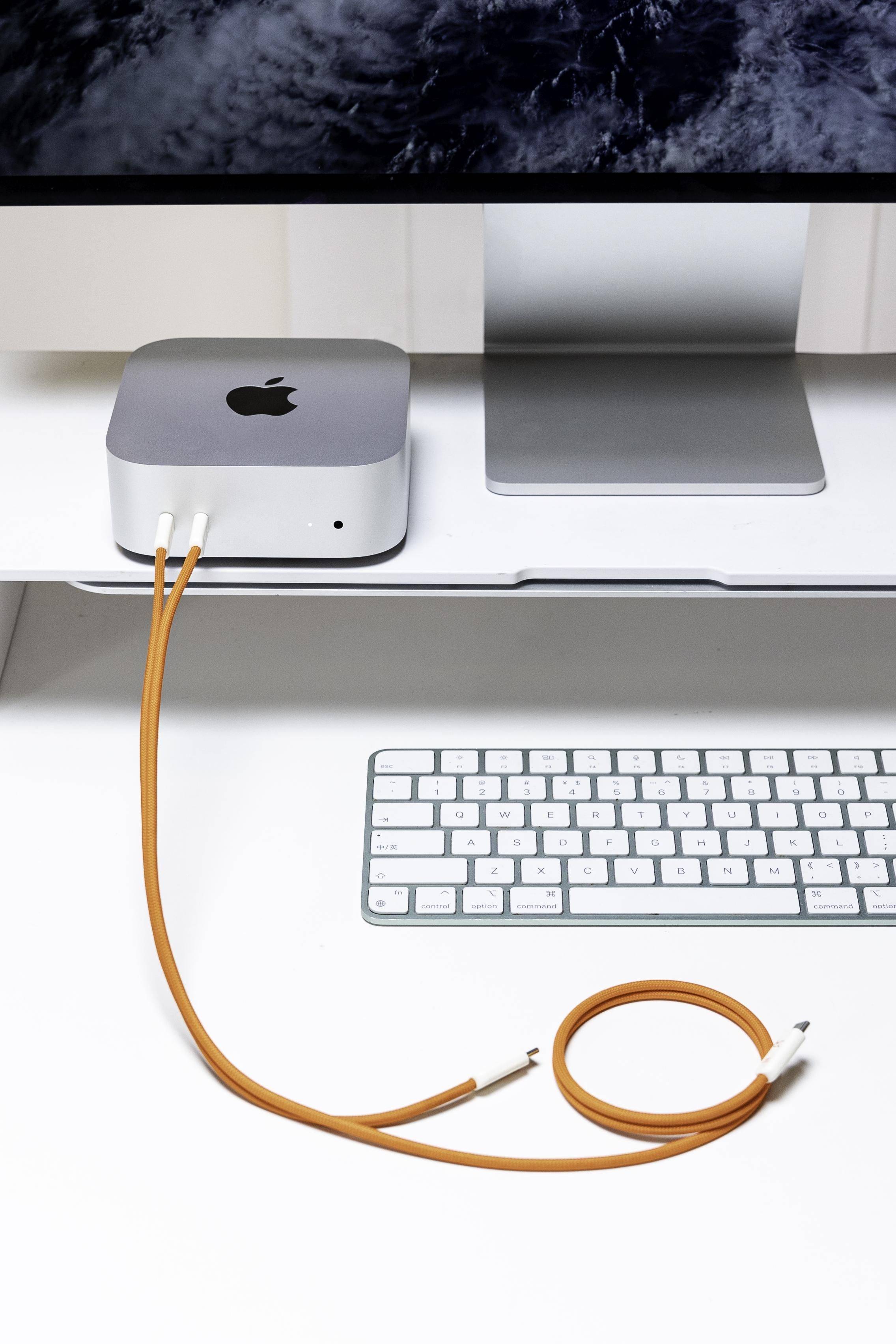
我们在实验室里给新款 Mac mini 前后 USB-C 端口依次尝试接上制糖工厂 IonBridge 可编程 PD 电源后,设备都没法正常运行,按下开机键没有任何反应。
这是意料之中的结果,然而我们在设备前面两个 USB-C 端口连接电源时,发现了一些有趣的现象。
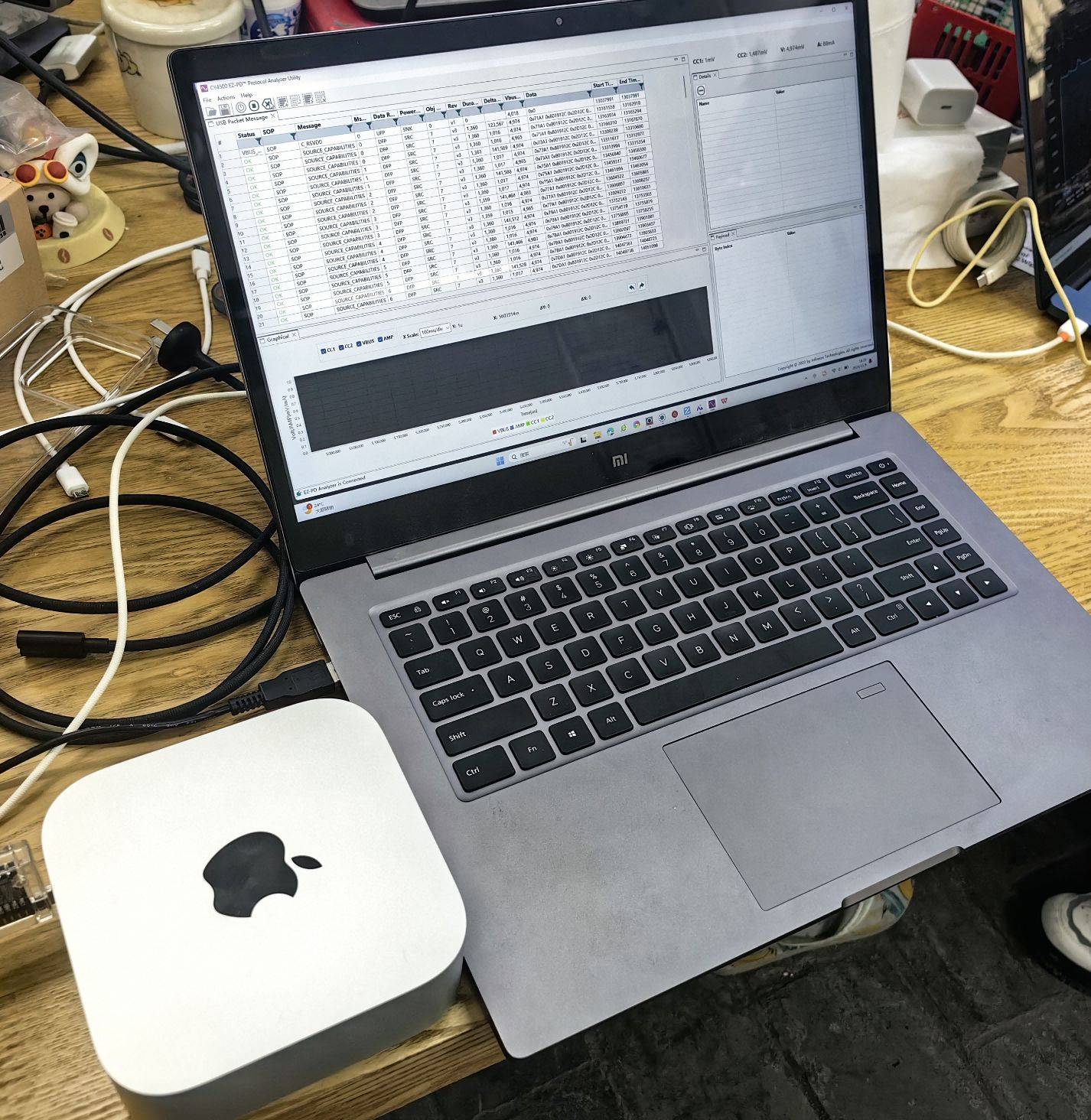
▲制糖工厂明日实验室测试现场
供受电设备在达成 PD 协议通讯的过程中,会相互交换数据,可以理解为两者在互查户口,看看暗号是否能对上、个人信息是否准确,彼此是不是找对了人。
而这个通讯的过程,可以用 Cypress CY4500 EZ-PD 协议分析器抓包,以分析 PD 协议的相互通讯过程。
按理来说,如果双方无法达成协议,则不能进行正常的通讯,没有通讯过程和数据传输,EZ-PD 协议分析器也就不会抓取到任何的数据信息。
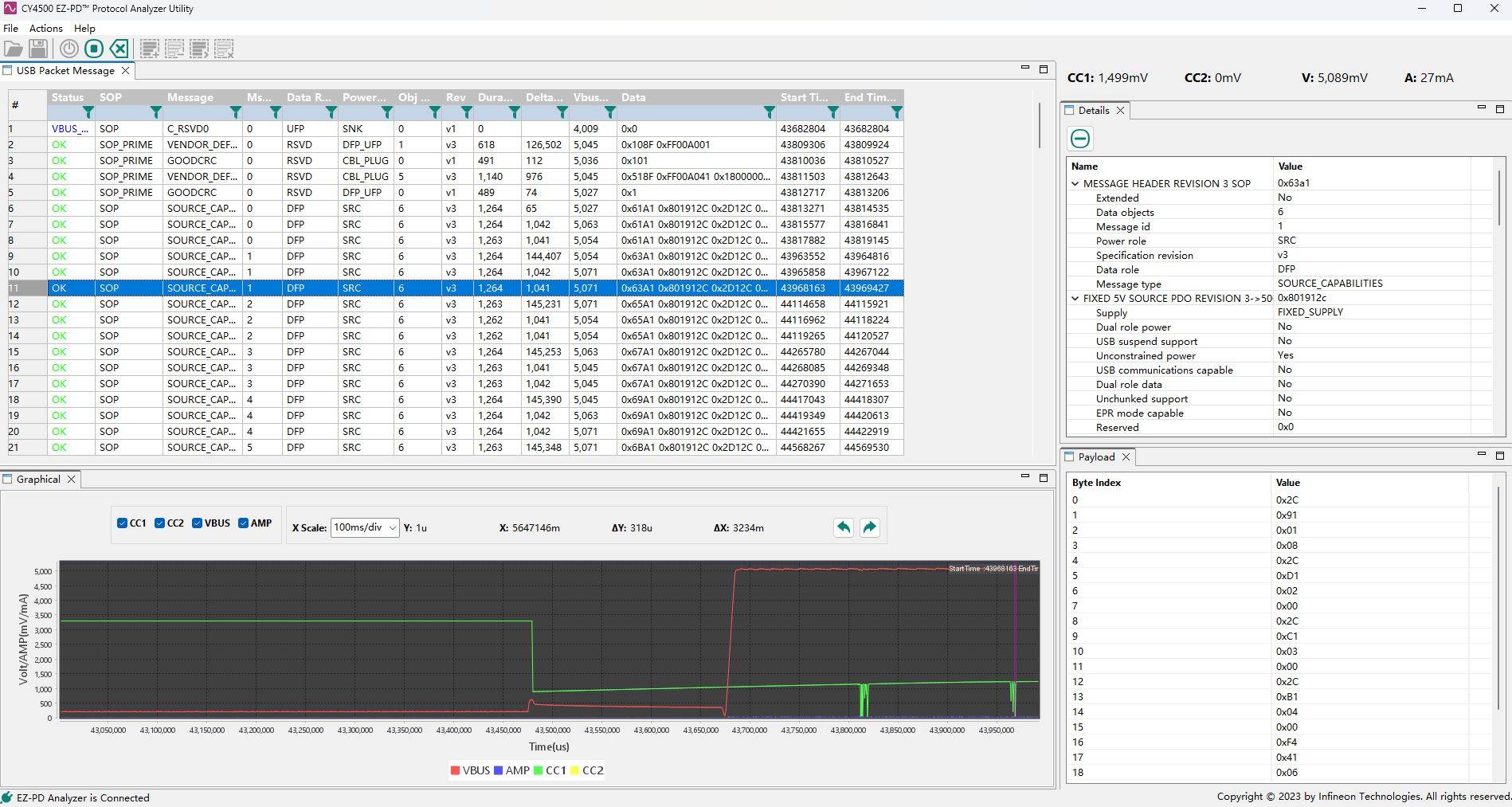
▲CY4500 EZ-PD 协议分析器成功捕捉通讯过程数据包
而我们在测试中发现,EZ-PD 协议分析器捕捉到了制糖工厂 IonBridge 可编程 PD 电源的 Source Capabilities 广播,供应了 5V 电压。
根据 USB PD 3.2 规范的 8.3.3.2 Policy Engine Source Port State Diagram 之规定,在受电设备 (sink) 插入后,供电设备 (source) 的 Policy Engine 应该进入 PE_SRC_Send_Capabilities 状态,同时在 Vbus 供应 vSafe5V 电压。
因此可以证明,Mac mini 的前置端口硬件设计上满足了 USB PD 的受电设备 (sink) 的要求。然而,Mac mini 并未对 Source Capabilities 进行任何响应。从 IonBridge 的内置 debug 接口上来看,也是证明了 Source Capabilities 报文广播后未响应 (SourceCapabilityTimer timeout) 后重新广播 Source Capabilities。
对于上述较为专业的技术过程,我们专门做了一张简单易懂的流程图,并且标明了充电流程具体有哪些阶段,简单说跑完图中的流程,充电就能正常进行。
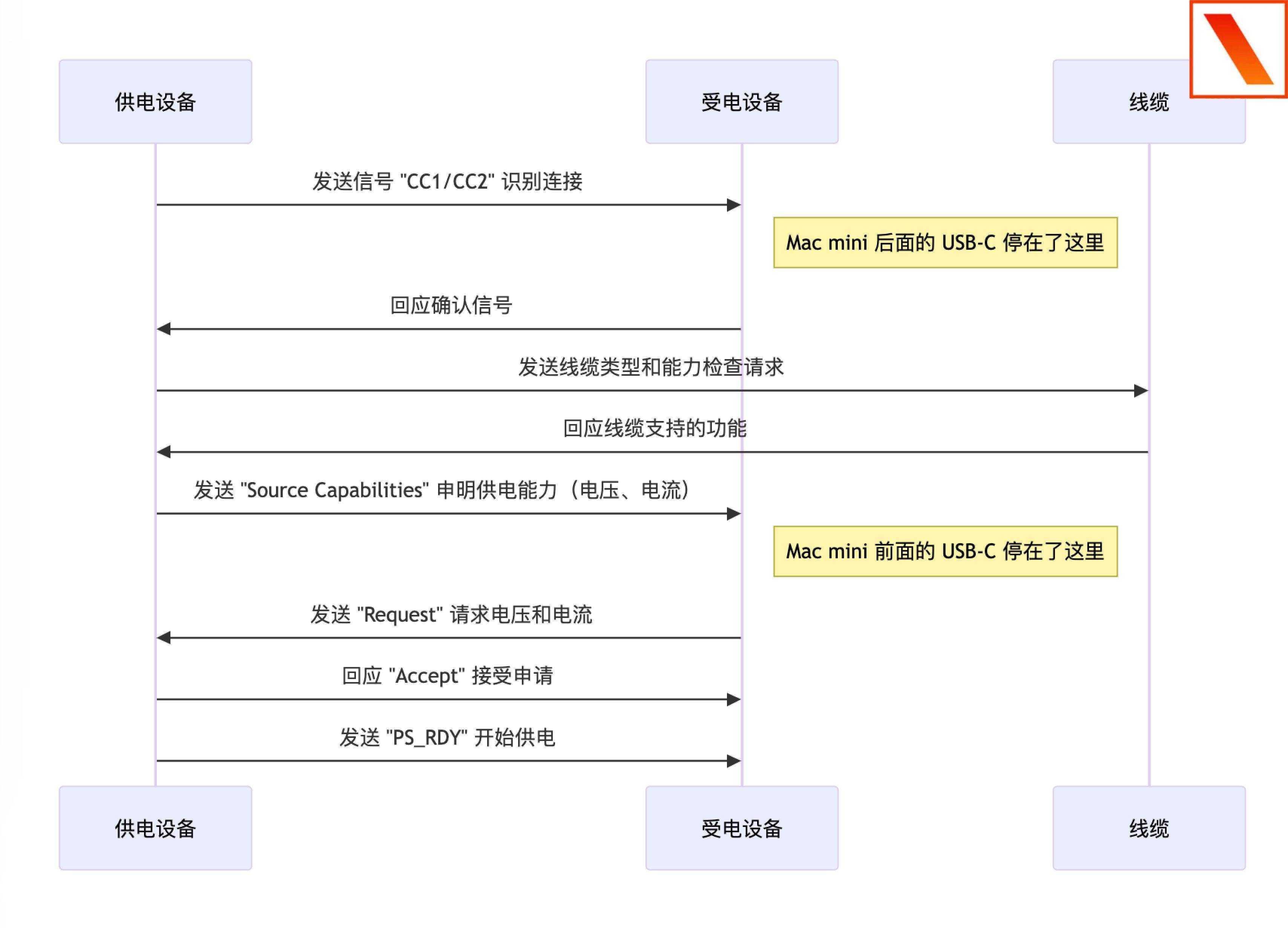
所以,Mac mini M4 Pro 机身正面的 USB-C 端口,有可能后续支持 PD 协议。这说明,苹果在 USB-C 电源适配器的兼容性列表中移除了新款 Mac mini,说不定不是编辑错误无中生有,而是不小心把今后的计划公布出来了。
验证与结论
虽然我们通过制糖工厂 IonBridge 可编程 PD 电源和 Cypress CY4500 EZ-PD 成功捕捉到了含有 PD 快充协议芯片的电源和 Mac mini M4 Pro 的 PD 报文。
但从数据来看,此次通讯只有制糖工厂 IonBridge 可编程 PD 电源在发出广播,受电设备没有对此回应,有点唱独角戏的感觉。
因此目前为止,电源仍然无法通过 USB-C 端口向 Mac mini M4 Pro 供电。
到这里还完,因为实验没有对照就不算严谨,也并不完整。
之后我们还用相同的设备和软件,对新款 Mac mini 后面的雷雳接口进行了测试,结果如下:
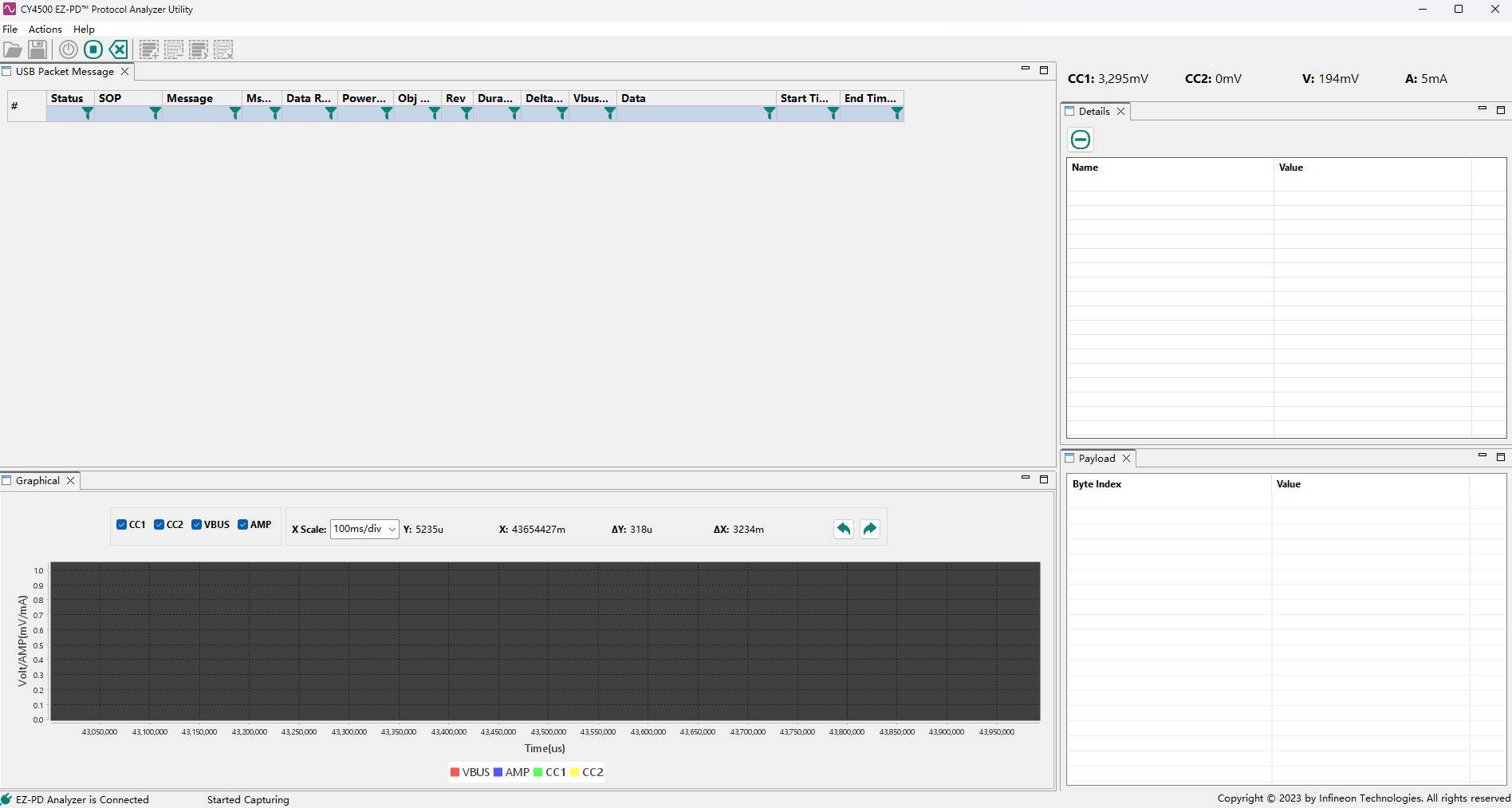
CY4500 EZ-PD 在接通制糖工厂 IonBridge 可编程 PD 电源后,没有捕捉到任何通讯的数据包。从制糖工厂 IonBridge 可编程 PD 电源的内部 Type-C phy 状态上看,也没有识别 CC Pin 上 Rd 的阻值。
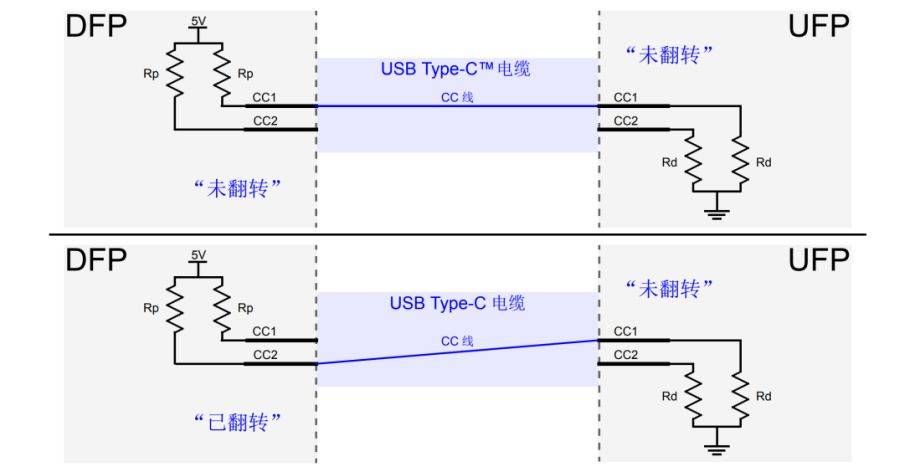
▲ 图片来自:Google
这也刚好证明了两件事情:
- 直接证明 Mac mini M4 Pro 后方的三个雷雳端口没有 PD 的物理支持能力,不能用于给 Mac mini M4 Pro 供电。
- 间接证明了设备前方的 USB-C 端口的潜在的受电能力。
实验和结论到这里差不多就结束了,不过我们仍想强调:
我们目前没有拆开机器,还不能得知设备中是否有相应的电源管理芯片,使得设备有能力协商 PD。
我们目前也不清楚前置端口是否有对应的升降压电路,能够从正面的 USB-C 取得正确的电压,并且 feed 到整机的 power rail 给整机供电。
目前未加电状态下,背面 Type-C 接口的 CC Pin 对地阻值为 580Ohm,不符合 PD 要求的 5.1k Rd 要求。
一个可能的结果是,在苹果的研发过程中,此机可能曾经支持过 PD 协议,但由于某些原因,此支持被砍掉了,或者是由于工期问题,硬件完成而软件未完成。
利好策略,多来点
其实,关于「Mac mini 能否用 Type-C 接口供电」的话题,早已不是什么新鲜事儿,前几年就有博主对老款 Mac mini 进行了魔改,让其体积缩小了 1/3,还能直接通过充电宝供电。
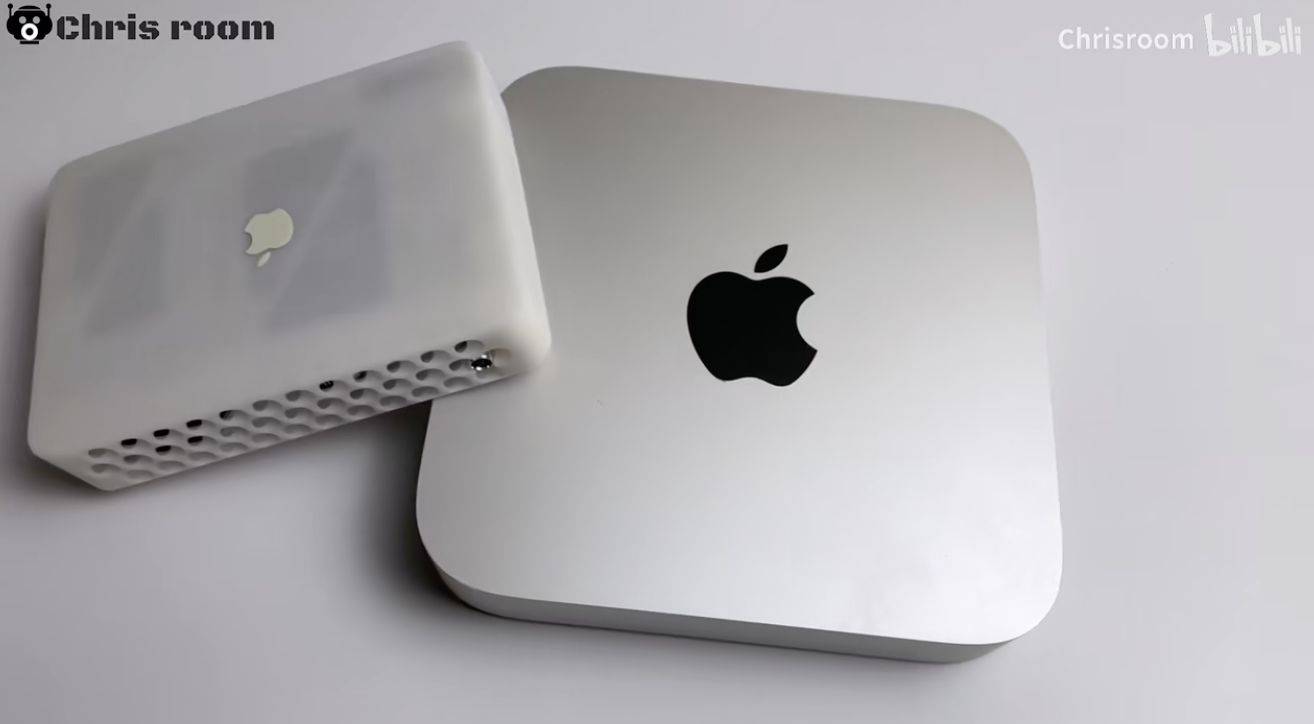
▲左侧为魔改后的 Mac mini Go,可以通过充电宝为其供电. 图片来自:B 站 up 主 @Chrisroom
既然苹果对 Mac mini 的期许是「小形态+高性能」,那大家就总想探寻它的体积下限究竟在哪里,毕竟在掌机一般大小的主机市场里,苹果的性能和体验,应该算是独一份儿的。
我们的这次实验,也正是在满足自己和大家的好奇心,看看那个理想中真正的「移动电脑主机」究竟来了没。
现在结论也很明确:还没来,不过快了。
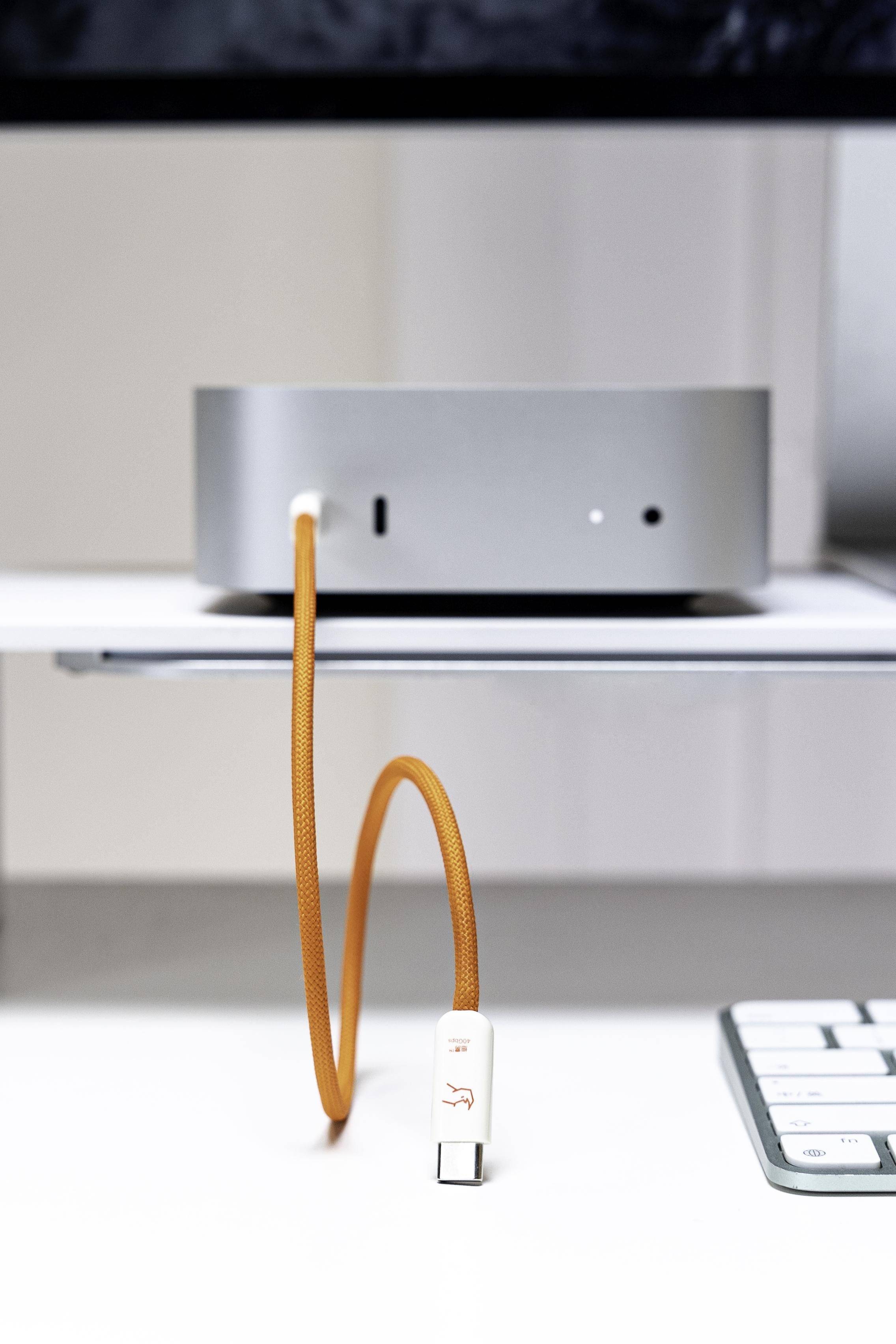
而苹果这回在官网的乌龙事件,也在无意中暴露了它们的计划。在 Mac mini 上被捕捉的通讯协议包,看似是一种偶然,但其实是从侧面证明了,这台 Mac mini,造的非常苹果。
无论苹果的产品有多少的质疑和槽点,你都不得不承认的一点是,这是一家打着长期主义旗号的企业。它们的许多做法可能不会被理解,不过都是在为未来布局,
2017 年,苹果在 iPhone X 机型上率先采用一体式的 L 形电池,通过新形状的形态优点,有效利用了手机的空间,同时也保持设备的轻薄性和高效能。
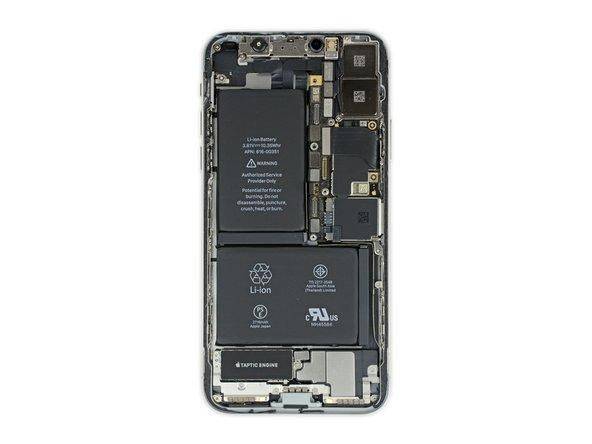
▲ 图片来自:iFixit
在 iPhone X 上量产且大批量搭载后,被苹果验证为可行的电池形态方案,直到最新发布的 iPhone 16 系列机型上,仍然延续着这种设计。
两个月前,iPhone 16 系列正式发布,苹果将多年不变的 6GB 运行内存,改为 8GB 标配,全新的 Mac mini 也从 8GB 升级为 16GB,为的是更好地在苹果设备上,运行 Apple Intelligence 的各项功能。
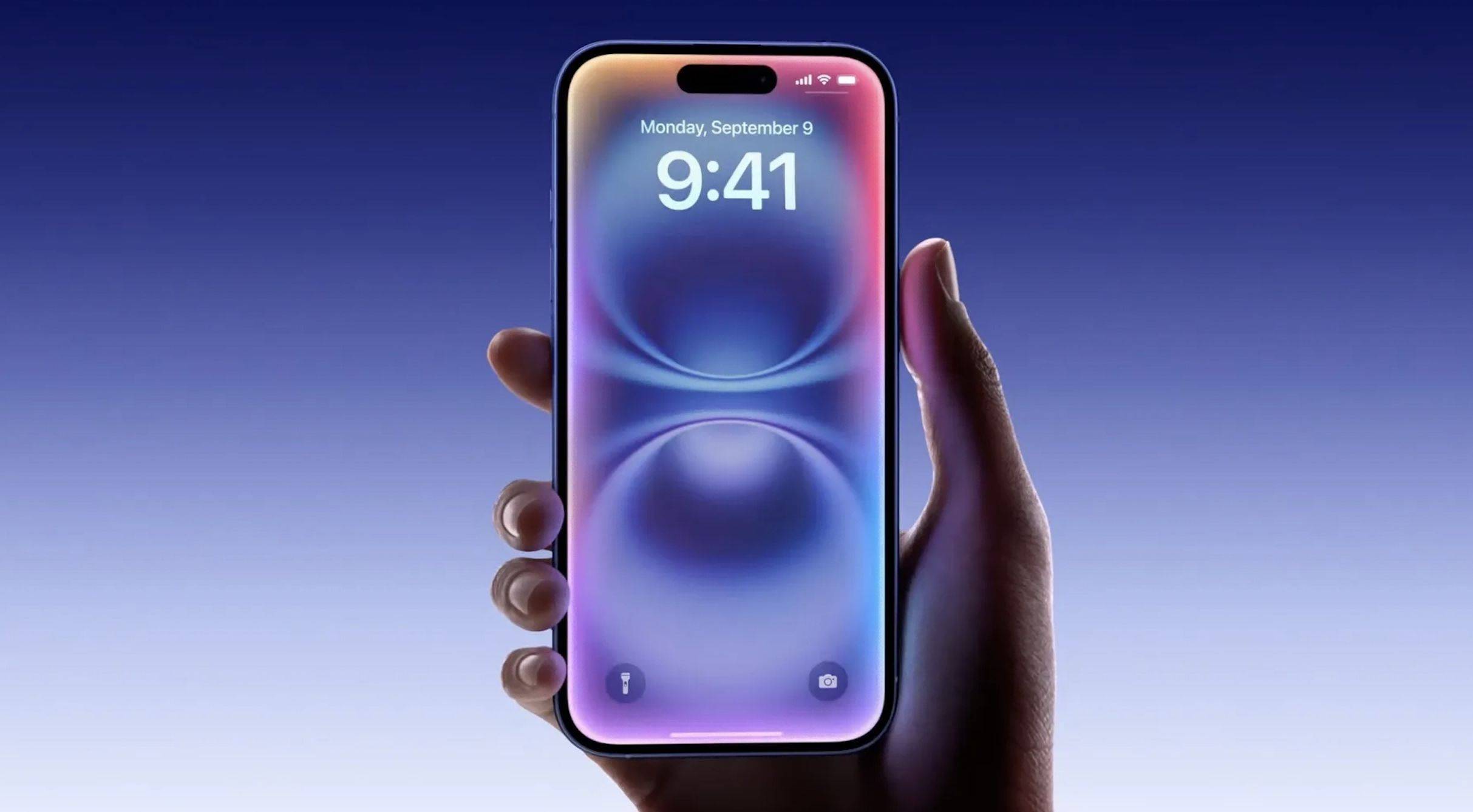
▲ 图片来自:TechCrunch
虽然到目前为止,发布会上的功能还没有一个用户完全体验到,国行版的用户甚至还没有见过它的身影。
但长期主义促使苹果要把一些「不可改变」的事项先行,软件和系统的问题可以通过 OTA 升级,但硬件不行,也不现实,所以我们会在某些苹果产品上看到一点相较于以前,更加超前的配置。
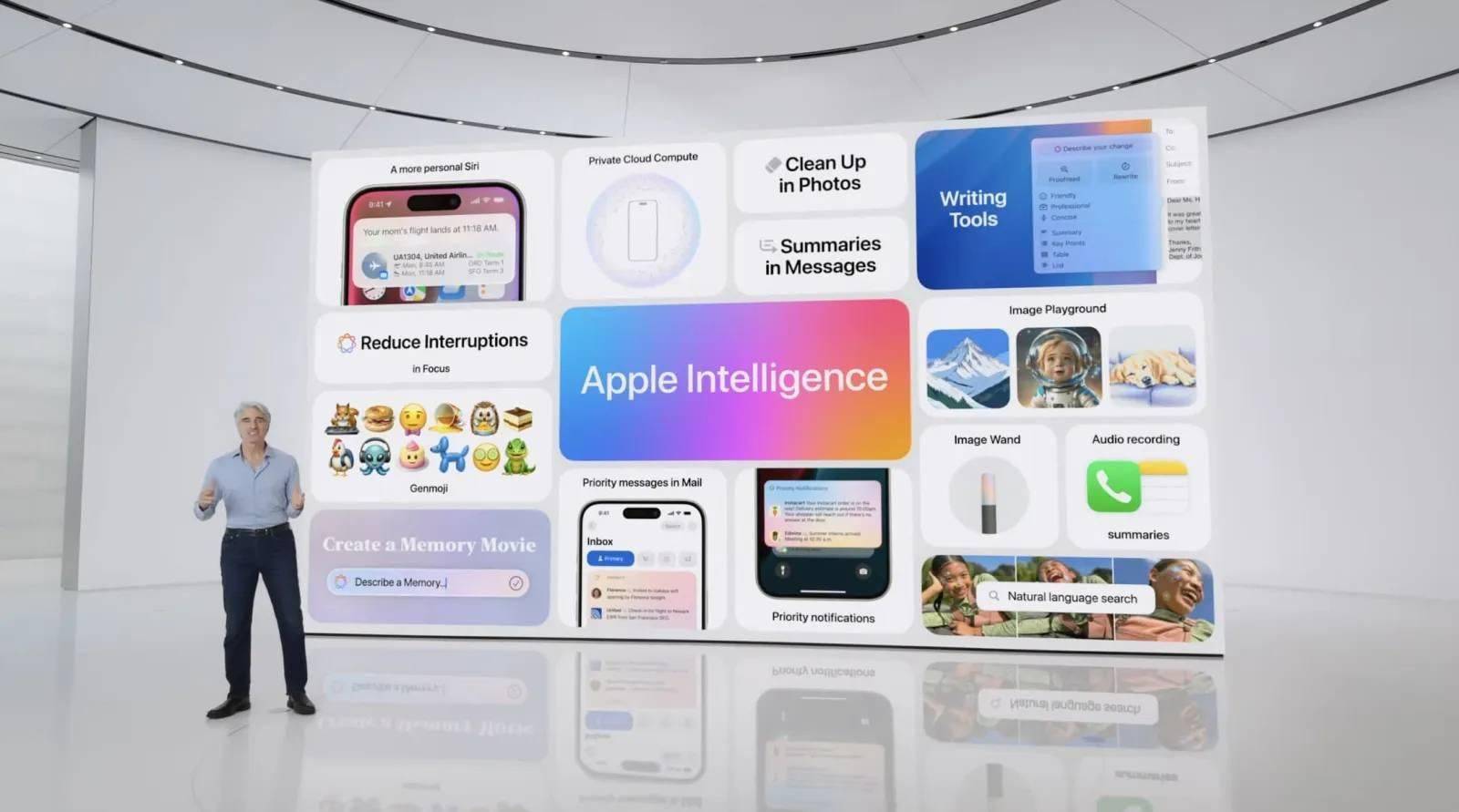
即使我们还用不到苹果智能,但更大的运行内存也同时提升了日常的用机体验,后台被杀的次数会进一步降低;即使没什么人会用 Type-C 接口给 Mac mini 充电,但未来的某一天系统支持后,mini 的使用场景又会被脑洞大开的用户,玩出新的花样。
多想一点、多做一点,于苹果而言能增加用户粘性,硬件有足够的冗余空间,用户的换机周期就能再长一点;于用户来说多年前的旧手机还能体验到新功能,并且二手市场的价格也能有足够的保障。
利好双方的产品路线,苹果在做,也希望再多做一点。
#欢迎关注爱范儿官方微信公众号:爱范儿(微信号:ifanr),更多精彩内容第一时间为您奉上。

